The best life:
Maximal freedom of speech, activity and thought.
What should we atone for most?
(more…)Self-censoring ourselves … lacking the courage to say what is *really* on our mind:
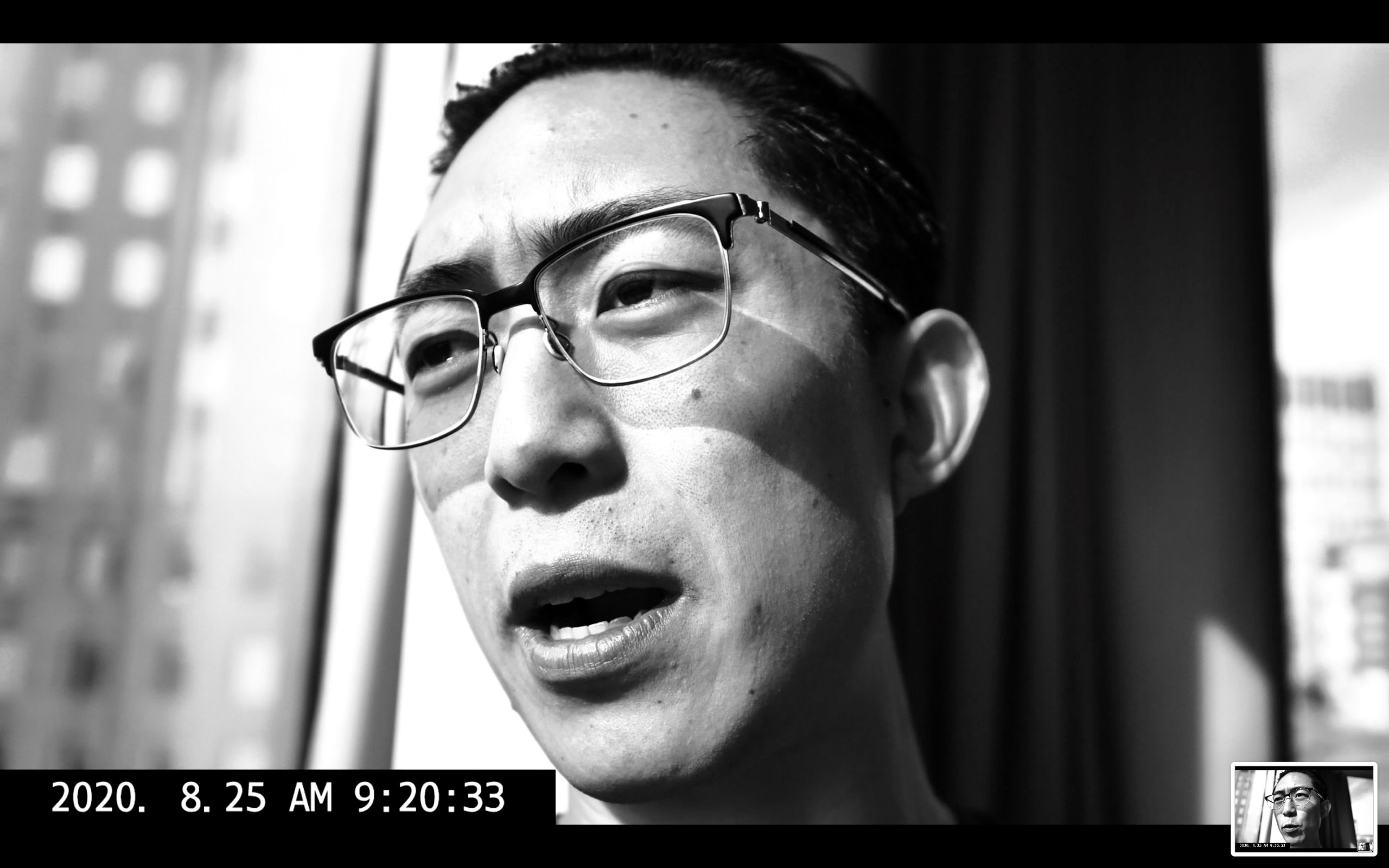
The best life:
Maximal freedom of speech, activity and thought.
What should we atone for most?
(more…)Self-censoring ourselves … lacking the courage to say what is *really* on our mind:
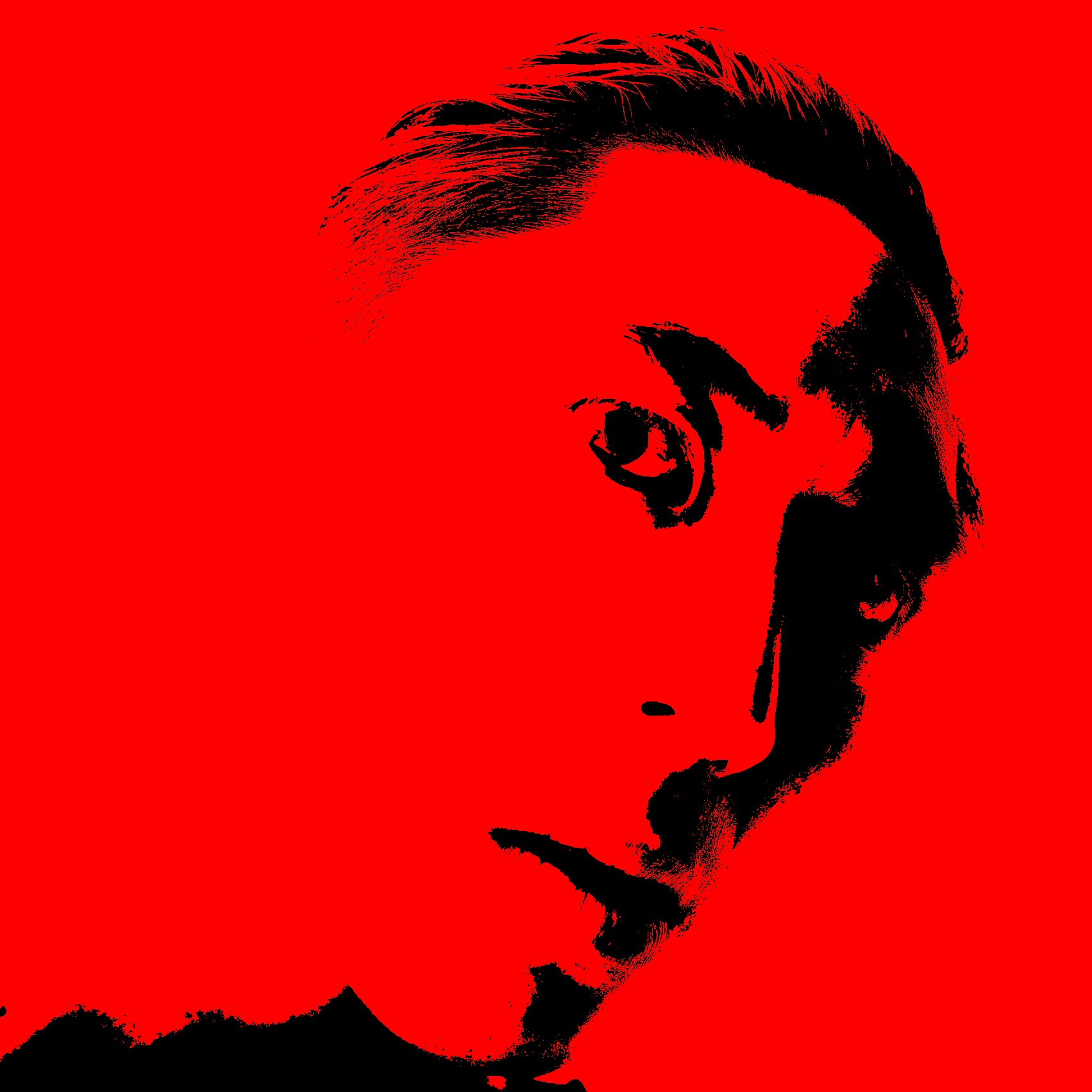
Why do some people soooo badly want the conspiracy theories to be true? Because it gives them some sort of comfort knowing that they can scapegoat someone else (Peter Thiel, Rene Girard ‘mimetic theory‘) for their own suffering, pain, and existential dread:
(more…)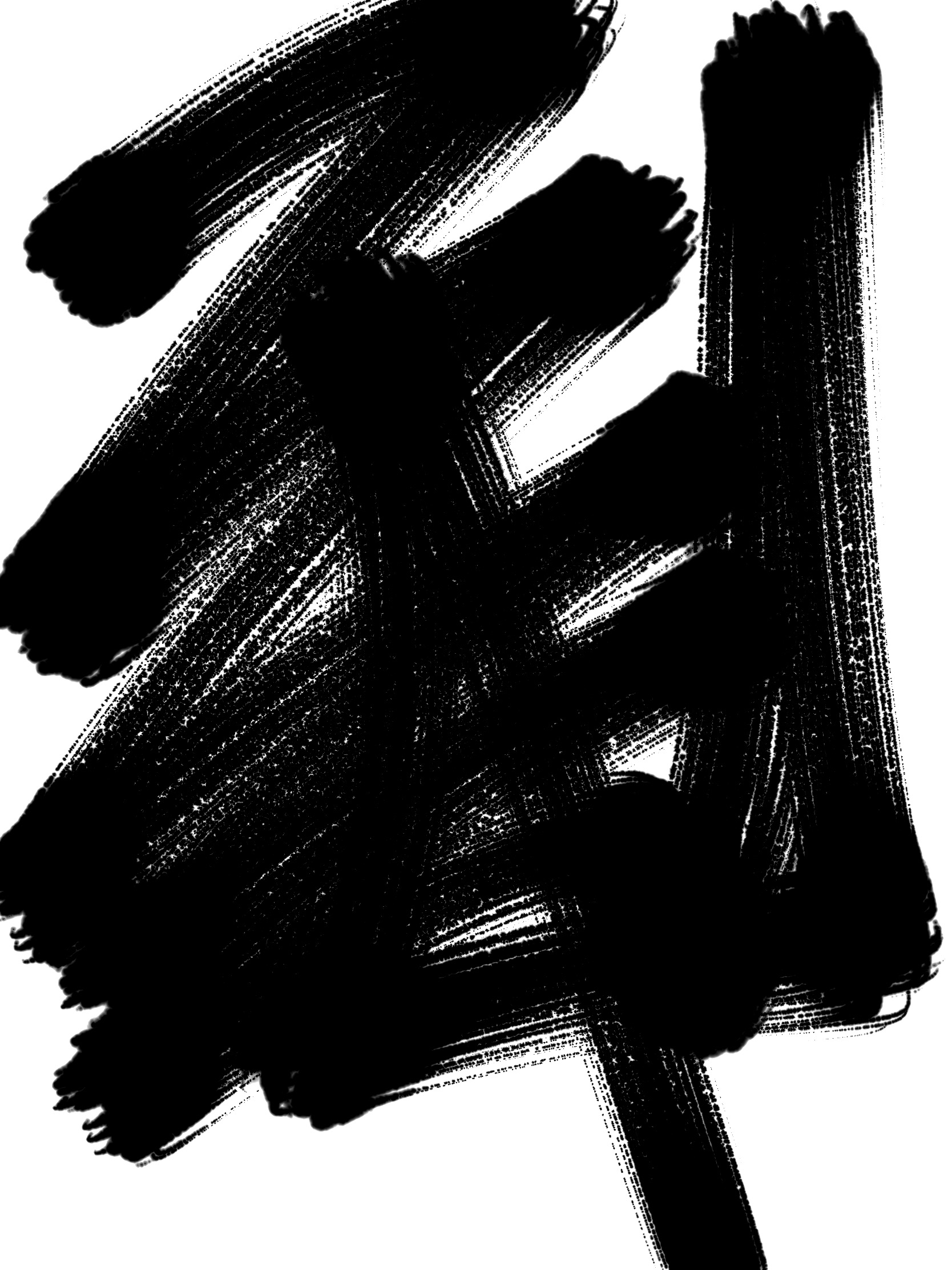
Something which is dead in today’s modern society and mode of thinking — the hacker ethos, or the hacker technique or mode of thinking. The heuristic:
Would you rather buy a brand new Lamborghini or get a project car and transform it into a beast?
Or,
Would you rather buy a brand new iPhone Pro or would you prefer to root/jailbreak an older Android phone and install a custom OS on it, like LineageOS?
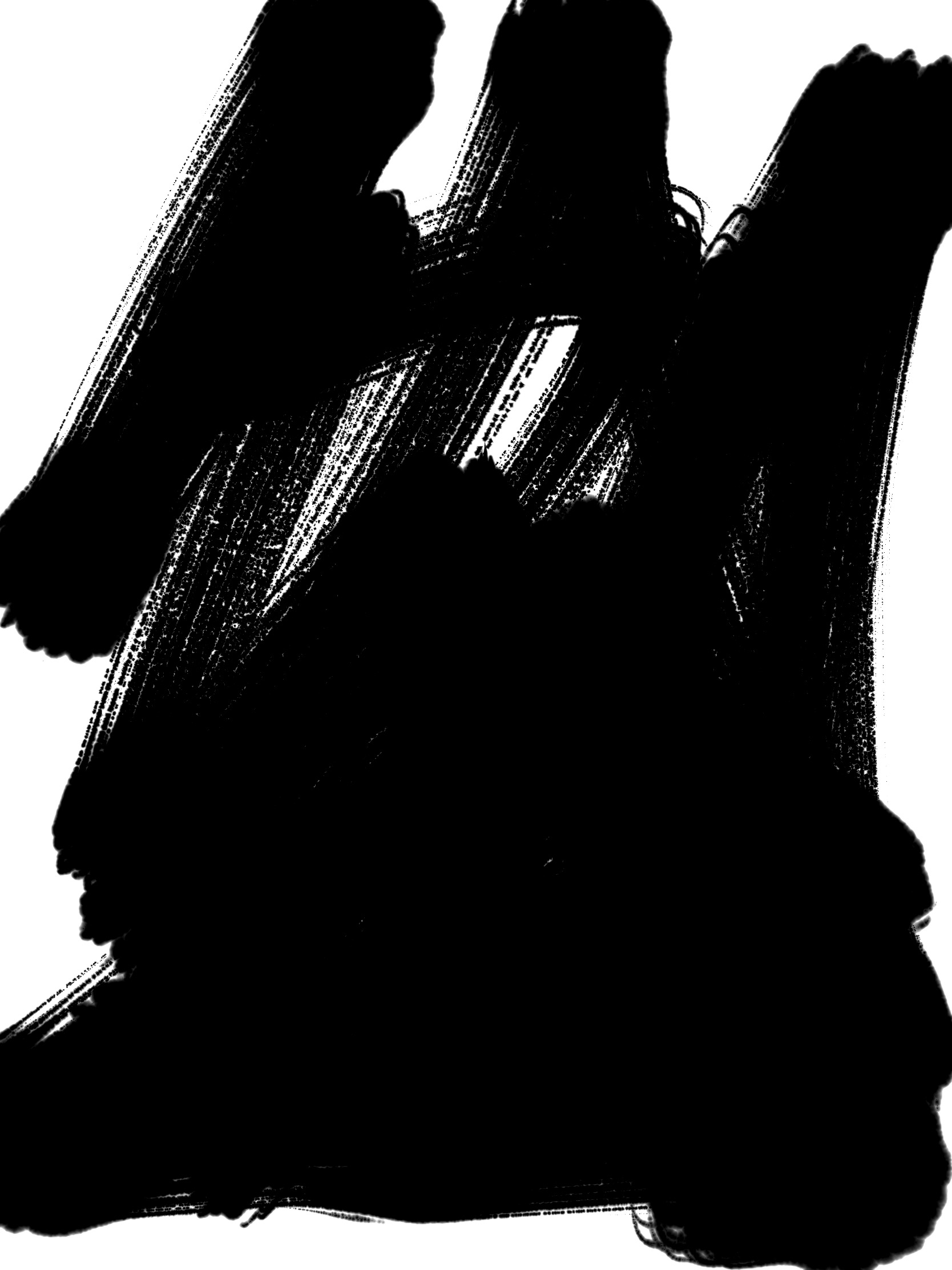
Revealed and “trueâ€preferences vs false narrative.

Some conspiracies are true, some are false.
Why do some people really want the conspiracy theories to be true?
(more…)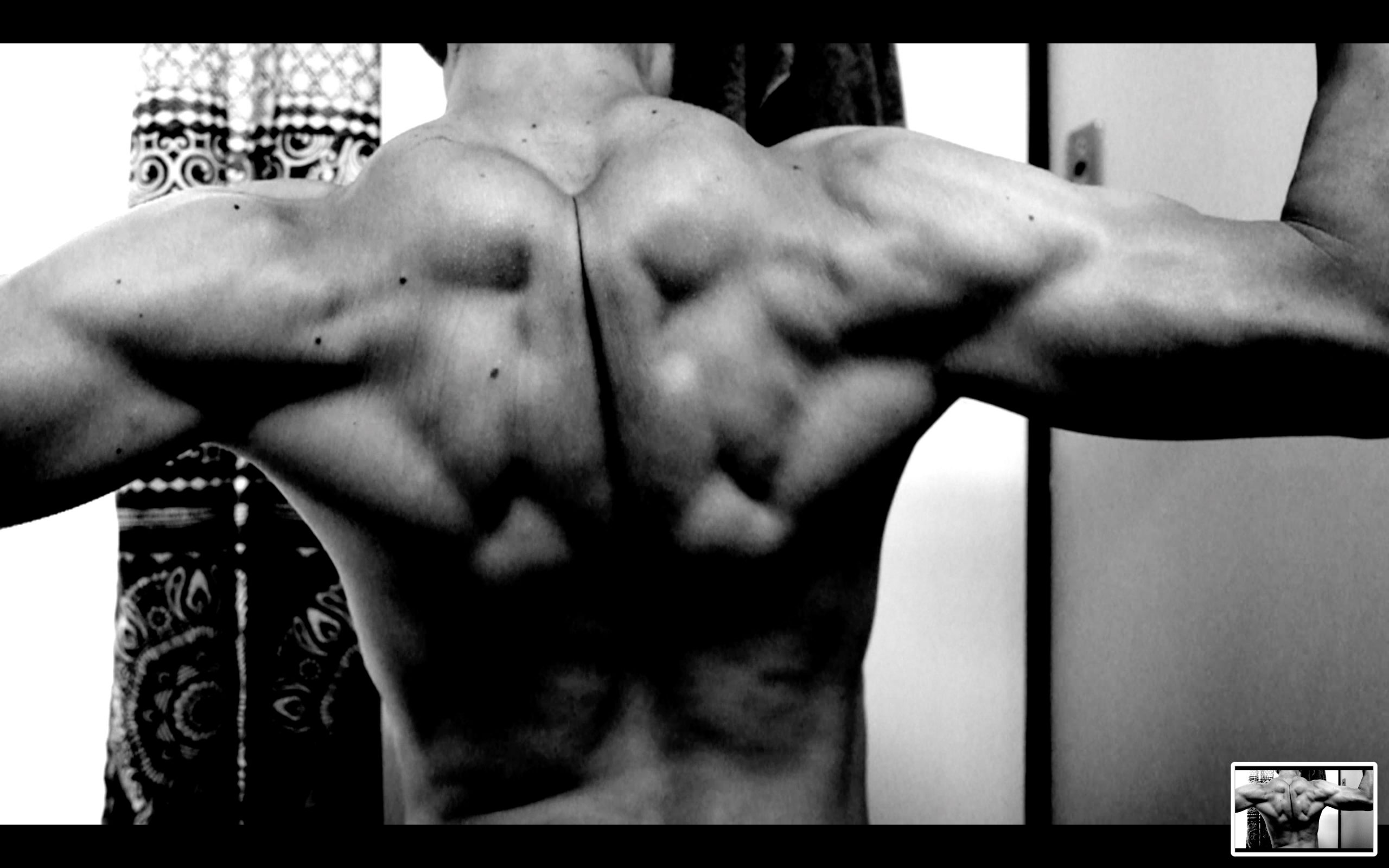
My theory:
When it comes to human matters, it is 80% nature and 20% nurture.
Towards a “Paretoâ€power-law ratio towards human nature. And note, this is coming from a sociologist (ERIC KIM).
(more…)
A view into what I eat, and why I eat:
My personal goal is simple:
Increase muscle mass (skeletal muscle mass) indefinitely (although slow pace) and maintain my body fat percentage quite low (around 10%).
Therefore I follow a ‘via negativa’ diet:
All diets and modes of living will vary according to your own personal goals. Thus ask yourself:
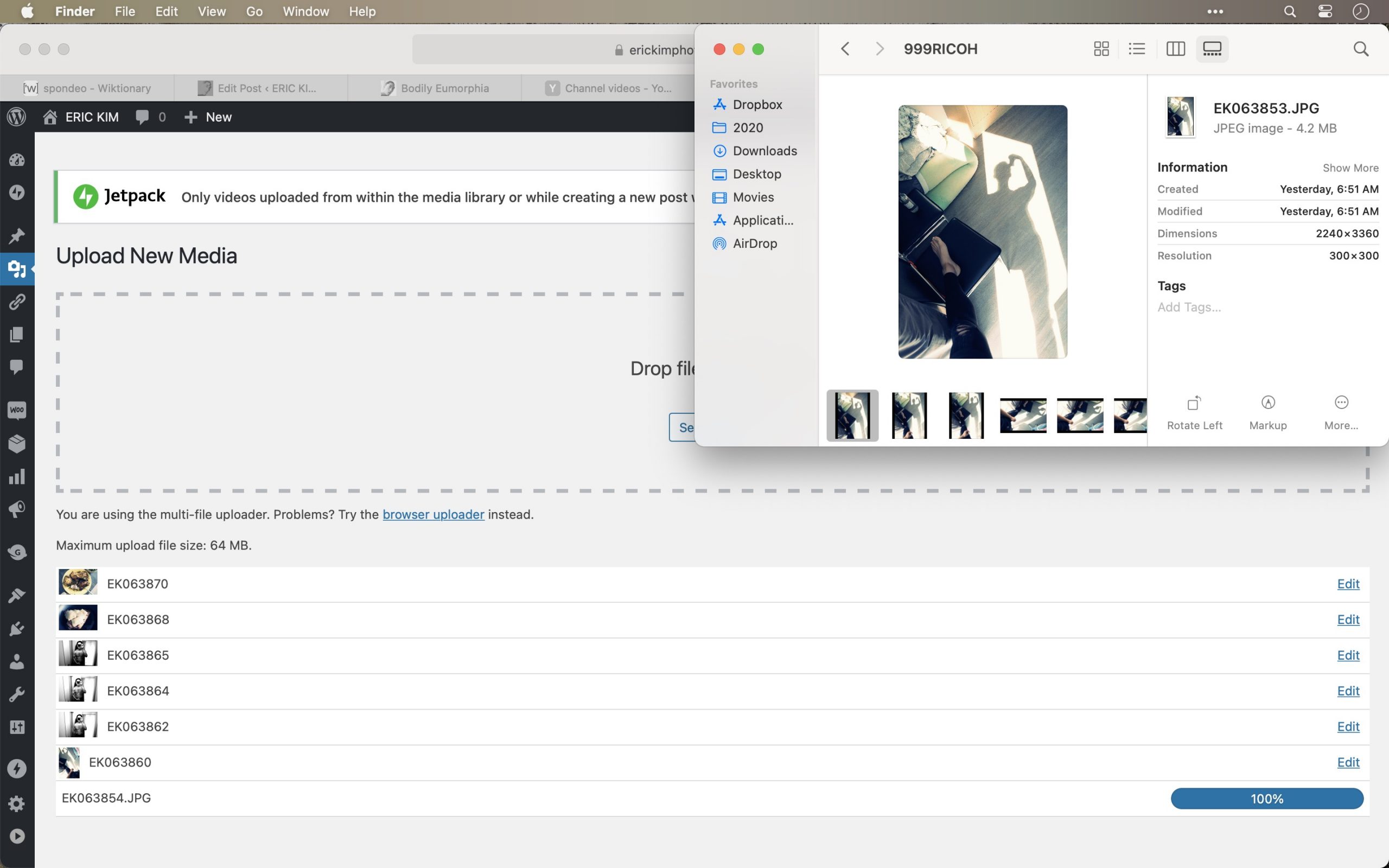
In striving to always simplify my workflow and streamline it, I found a new one:
(more…)Use MacOS finder (in gallery view) and quickly go through your photos with the arrow keys, and simply drag and drop your favorite JPEG photos into your WordPress Media Library.
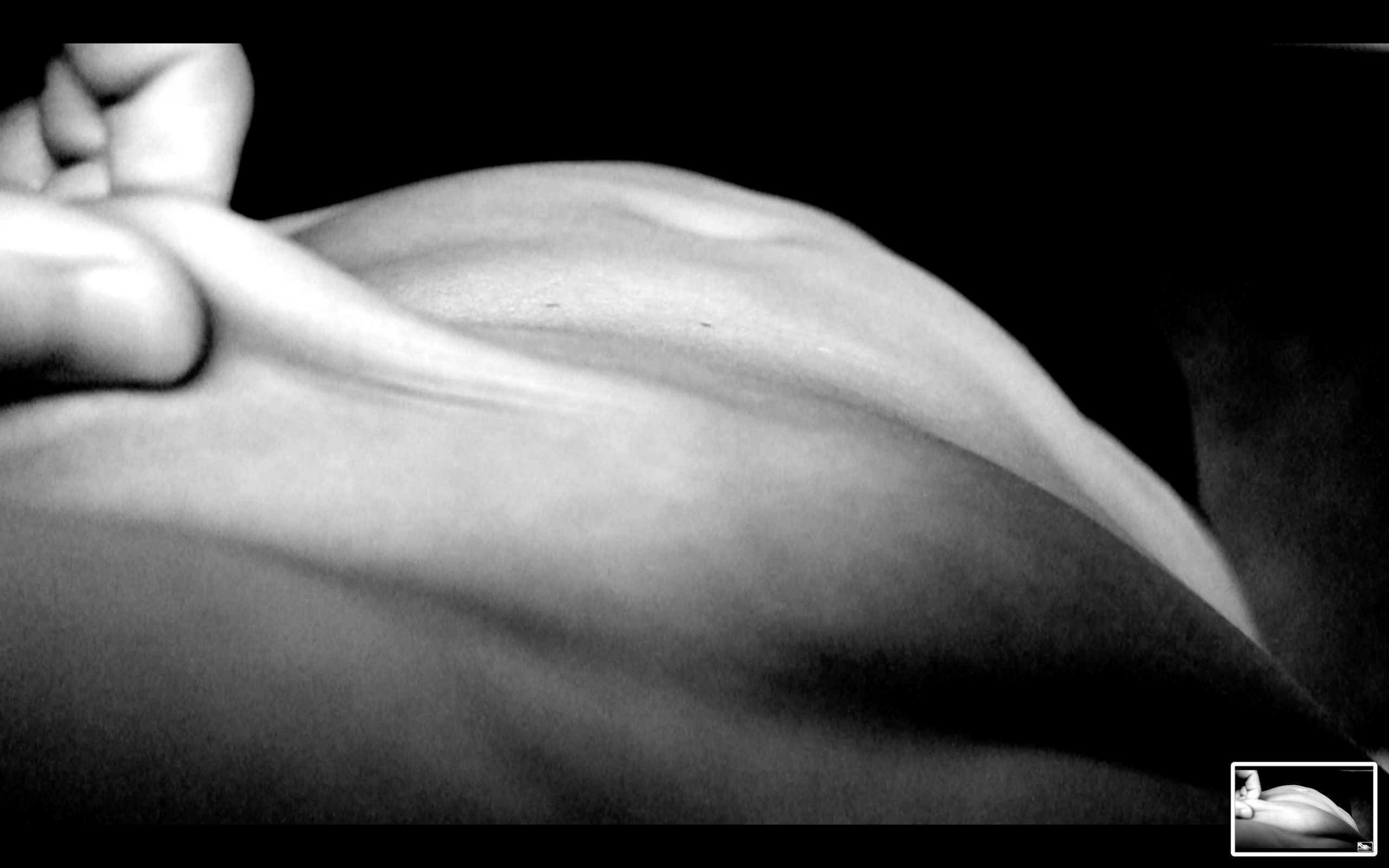
You must first love your body before you begin to love yourself.
Also —
Your body *IS* YOU!
Also:
No matter how rich or powerful you are, you can never transform your body to be anything else but what it is.
Also:
(more…)I have never met any person who loves their body, face, or look.
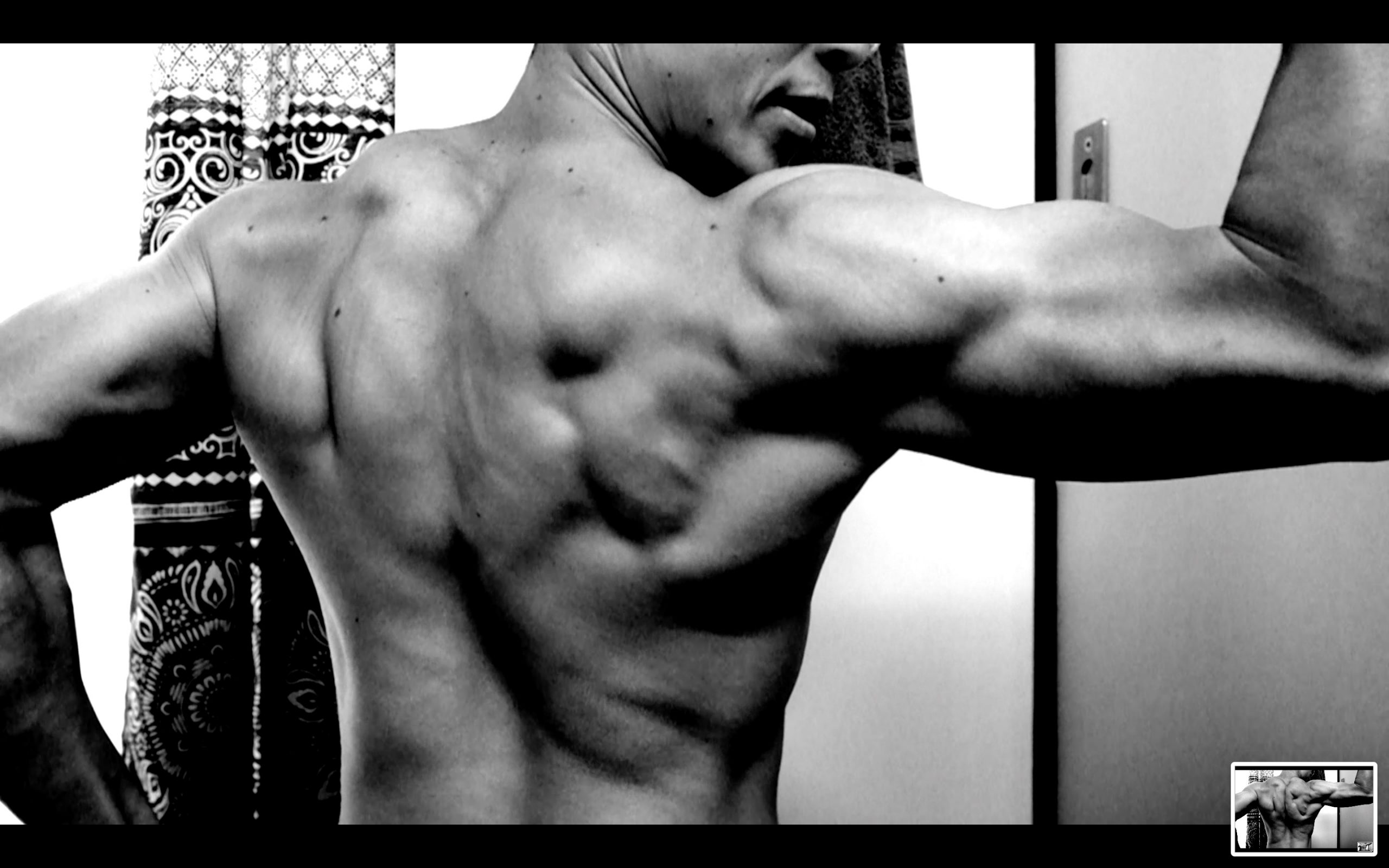
We all want to become beautiful or more beautiful. What does this mean and how do we do it?
Some thoughts:
(more…)
A big epiphany about style, photography and art:
First figure out what your own real life personality is like, *THEN* figure out how to make photos or how to approach photos to best fit your photographic style.
For example, I don’t really care to edit too closely when it comes to my writing and thinking style. Then perhaps my photography style should be the same?
Once again:
(more…)Your personality style is #1. Your photos come second.

To survive is basic. It is impossible *NOT* to survive in today’s soft new world. If you follow orders, pay attention, are studious, do well in tests, listen to the boss, you will inevitably climb the social and corporate ladder, make more money, have kids, buy the house and Lexus, whatever. But to me … this is by far the most basic life.
What we are hungry for is thrivival (thriving). How to do this? My ideas:
(more…)
What is technology good for? Simple — not to “improve†our lives, but as a tool to augment our own innate human abilities. For example:
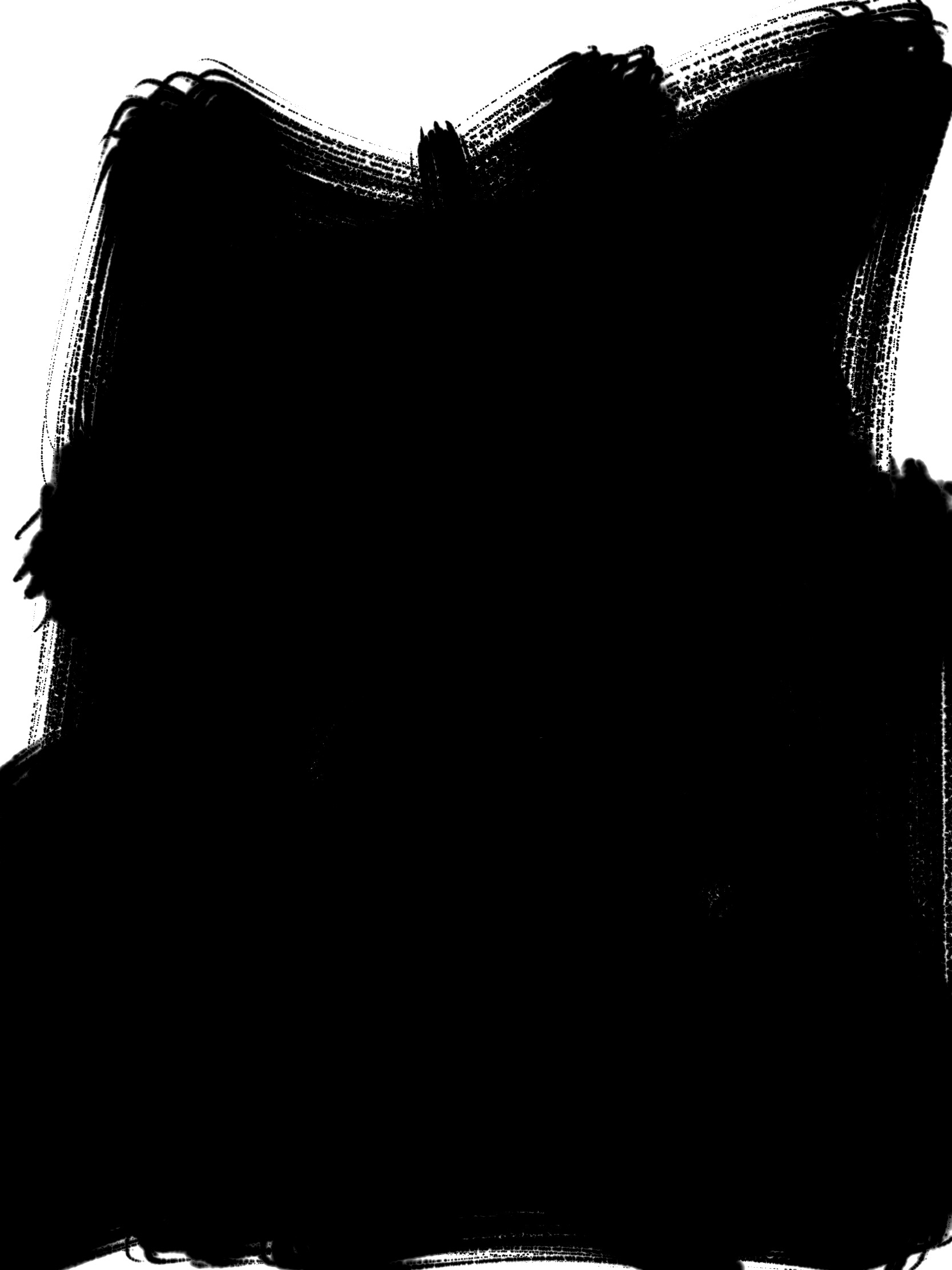
Respect— respicio meaning “to look at someone, how to regard anotherâ€. “Specio†as how to see someone— same word as “spectate†or “spectaclesâ€.
Before we expect others to look at us a certain way, we must first start by respecting ourselves. To respect yourself means:
(more…)Look at yourself in the mirror and see yourself as great, intelligent, worthy and high.

We tend to think of greed as synonymous with “evilâ€. But the word greed simply means hunger. But isn’t hunger good?
Stay hungry, stay foolish (Steve Jobs via Whole Earth Catalogue).
The closer word for greed in Latin is “avarice†(avarus) which means “to desire and to long for.†Isn’t it then good to have desires and to wish and long for things? To desire enjoyment and to feed yourself? To augment yourself and grow?
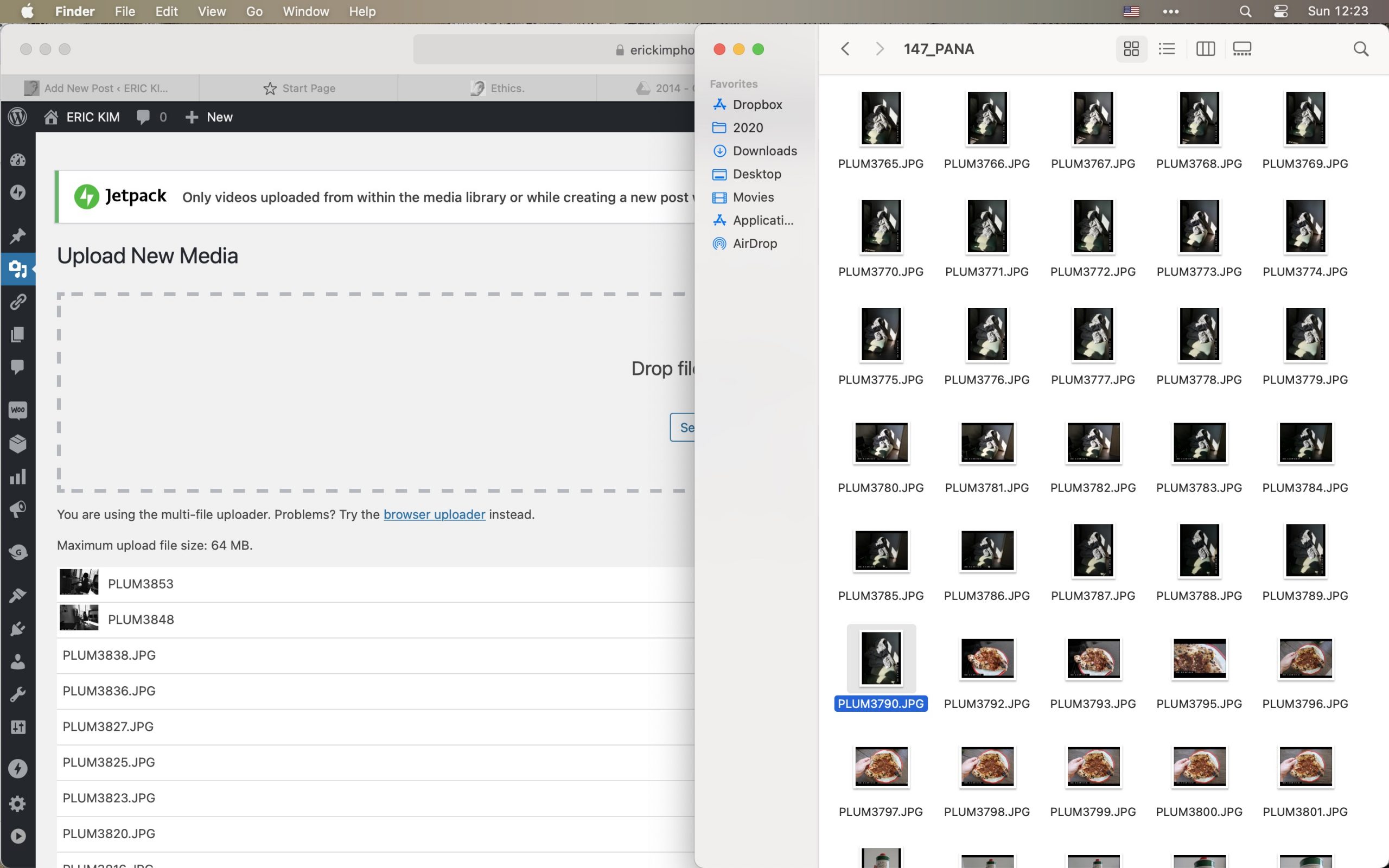
The small thumbnail test as a tool to select your best photos. The idea:
Look at your photos as small thumbnails (like the ‘icon’ view in MacOS) and use this as a way to select your best photos.
The heuristic:
If the photo looks good as a small thumbnail, it will definitely also look great as a big image.
Also:
If a composition is strong as a small thumbnail, it is a strong composition.
ERIC
(more…)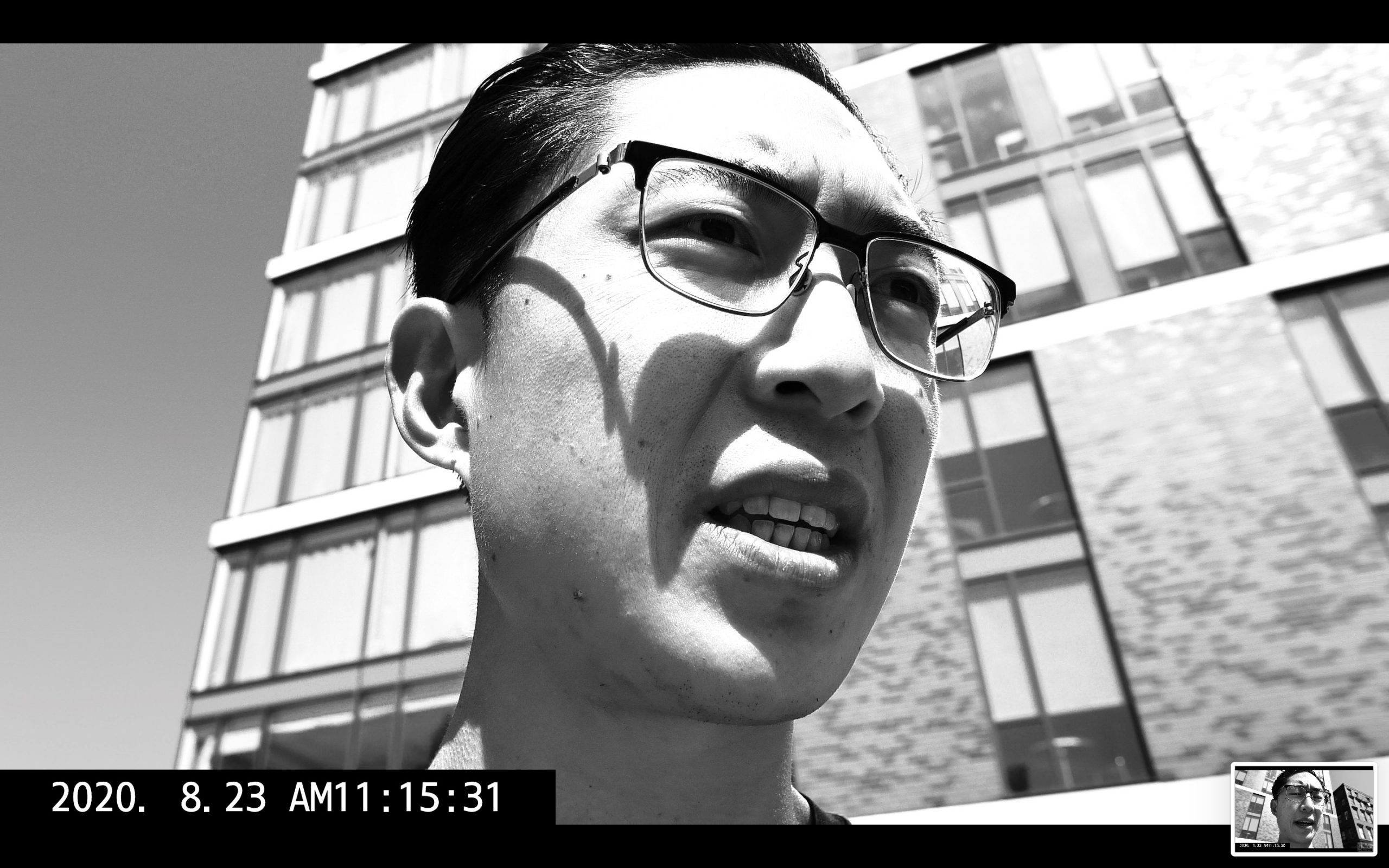
Money:
Codified human-metabolism-movement power.
If money can be used as a tool to motivate people to do x, y, z for you … it is good.
(more…)
To better understand the economy, statistics, public health policy, government etc … just follow the money. I think it was Bill Clinton (or Ronald Reagan) who famously said:
“It’s the economy, stupid“.
Thus when analyzing anything in modern life let us realize … the true root is economics, money, and power.
(more…)
Something I have been having soooo much fun with:
Shooting food videos (4K, 60FPS) of food — whether Cindy’s food, my own food, or the food of others.
If you look closely enough, food is soooo insanely interesting and beautiful!
(more…)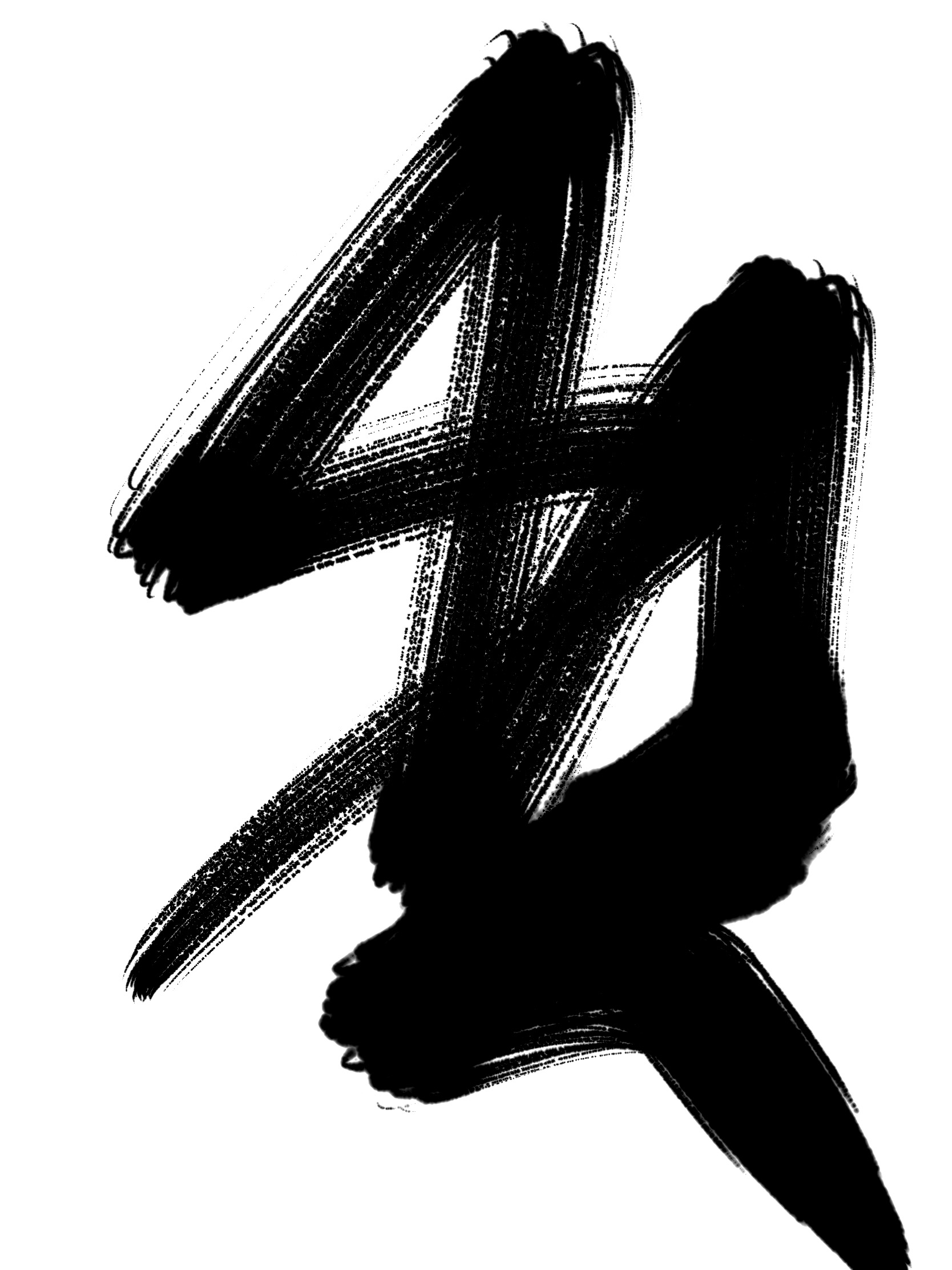
If we were perfectly balanced, technically we are stuck in a state of stasis. Progression movement and growth only works if we are unbalanced … leaning towards a certain way!
An anti-hippy, zen-Buddhist-Taoist modernistic notion of “enlightenmentâ€.
(more…)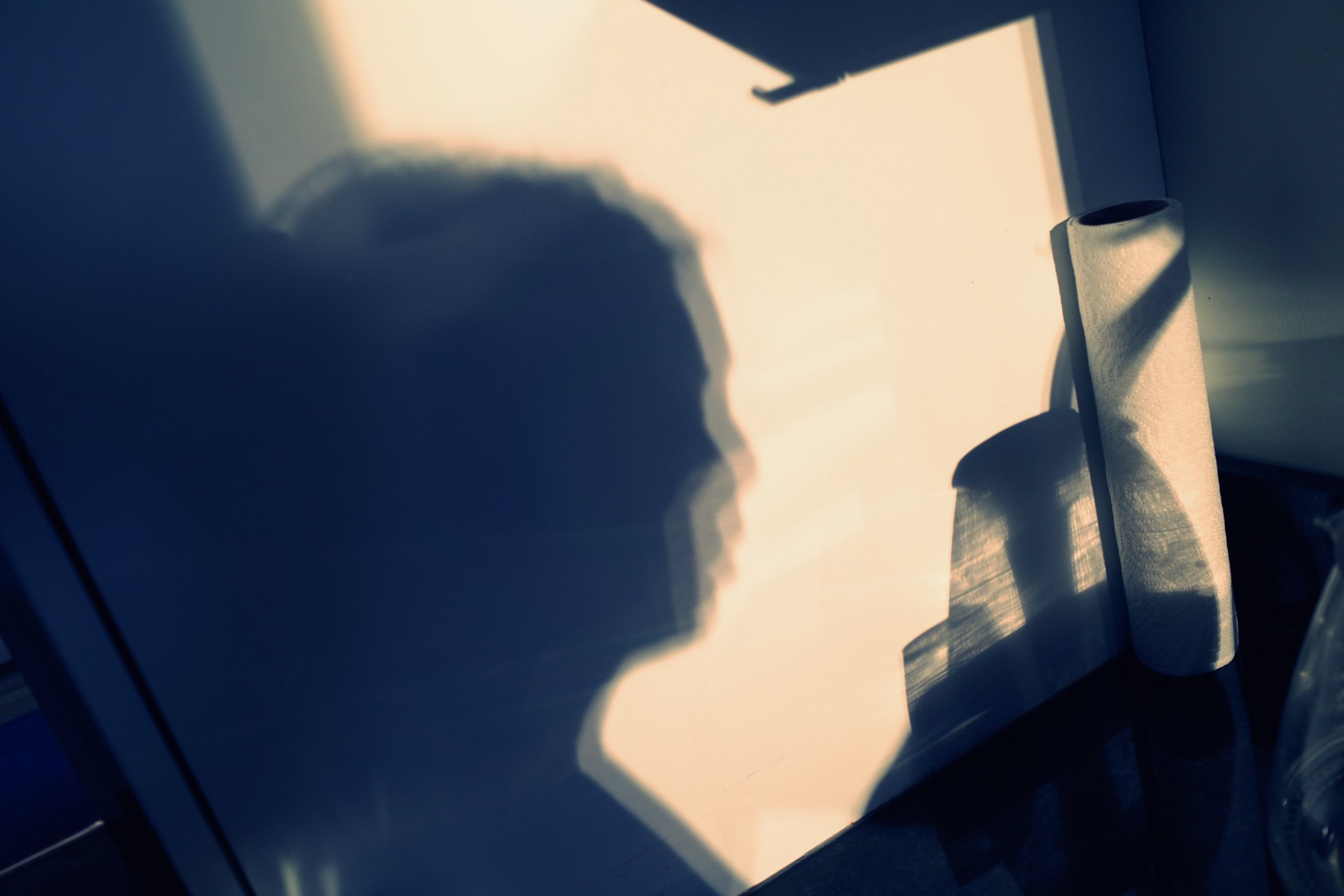
I am insanely grateful for life, being alive, for society and everything in-between. Why? My thoughts:
(more…)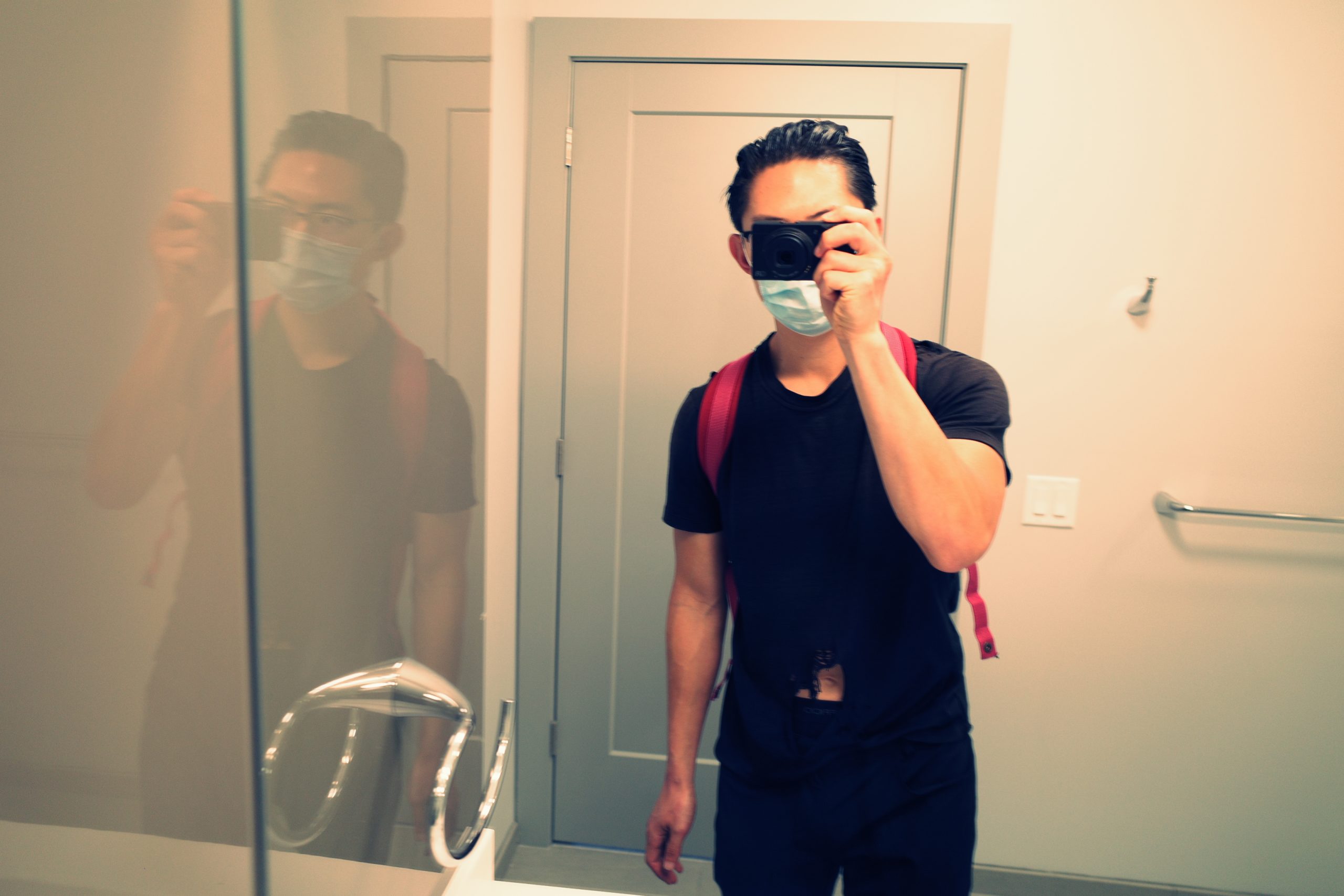
Some economic thoughts:
Perhaps if we desire to augment our wealth, freedom and bank account this is an optional strategy:
Why? Think … the average person (even poor people in America) buy the newest iPhone (I see a lot of poor working class folks at the mall with iPhone Pro’s, which cost around $999). What if that money could go to buying a really nice laptop (Apple MacBook Air, or a refurbished MacBook laptop?). Or seeing the Apple Mac Refurbished Educational discount store.
My simple solution for getting kids out of poverty and the hood:
My first solution for ERIC KIM SCHOOL.
(more…)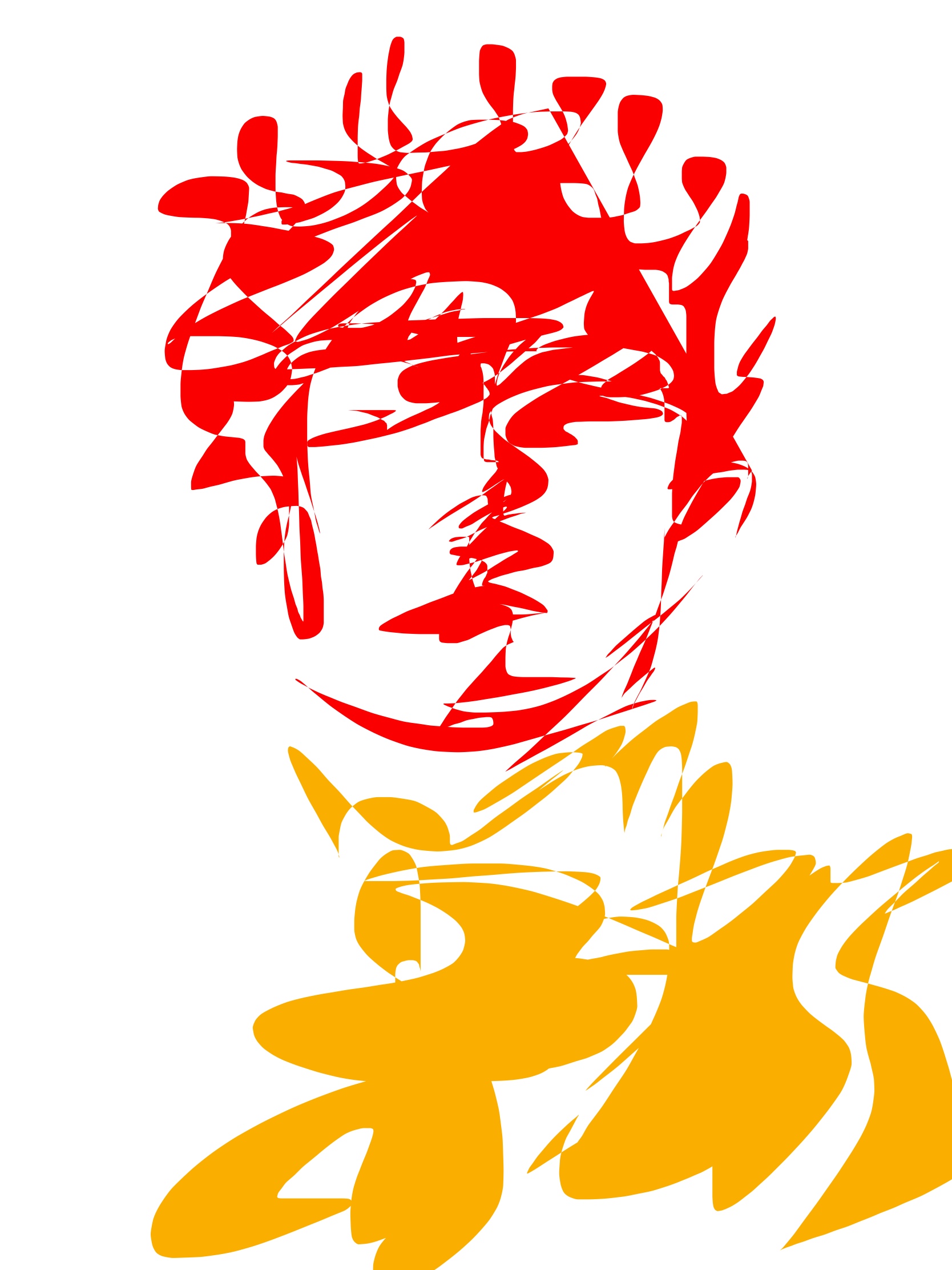
Tolerance:
Even though someone else’s opinion or philosophy is different from yours, you don’t do physical or mental harm upon them.
Intolerance:
“It is my way or the highway!â€
Now why is this so important? This is important because a lot of so-called “woke†people (the intolerant left) are actually quite militant and INTOLERANT towards the beliefs and ideas of others. For example a question for you:
Do you think that the people who voted for Brexit or the people who voted for Donald Trump are total idiots and don’t know what is best for them?
If so… perhaps we have an elitism bias. We assume that others who are either lower in us in socio-economic class, education, location etc … we think of them as lesser than us, less worthy, and less intelligent than us. I feel this is very rude. Why? A lot of these so called “uneducated†people are faaaar wiser than the UC Berkeley, UCLA, Harvard, Stanford, Princeton or Brown folks.
(more…)
Why am I never satisfied with my purchasing decisions? Not a money thing… but a skill or ingenuity thing?
Lesson:
Don’t think the goal of life is just to get stupid rich and buy all the nice expensive shit you want. Perhaps more robust to instead, use your personal skill, talent and ingenuity to build and make things you consider worthy of yourself?
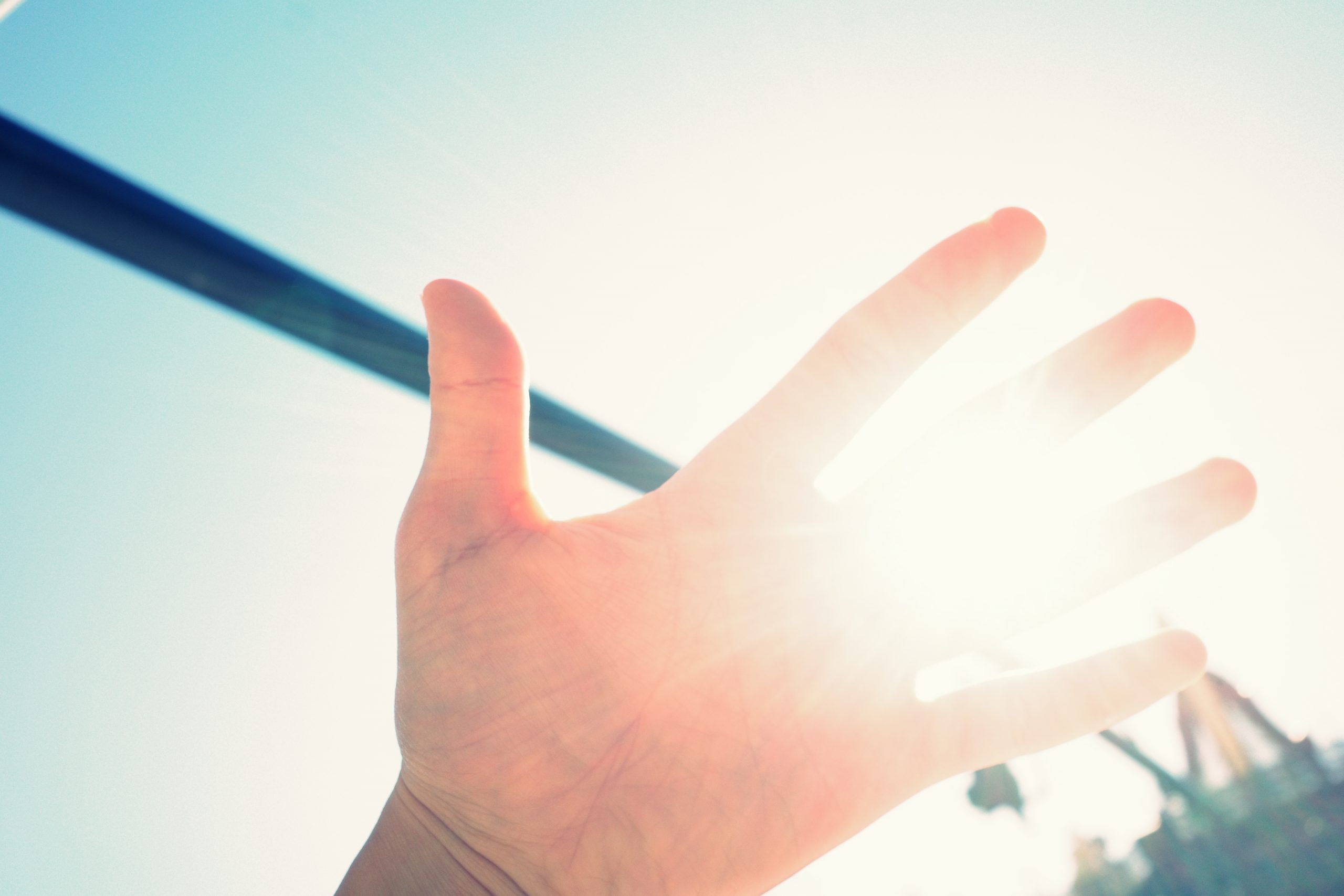
Even though I’m a minimalist I will have to admit–at the end of the day we will get bored with all of our possessions tools and things, irregardless of how good it is or how good the quality is. Therefore would life just be better and more carefree if we just allowed ourselves to buy cheap stuff?
I’m still for just owning a few things you truly love and care for. But perhaps the notion of only buying “the apex quality stuff” is just another shallow form of consumerism.
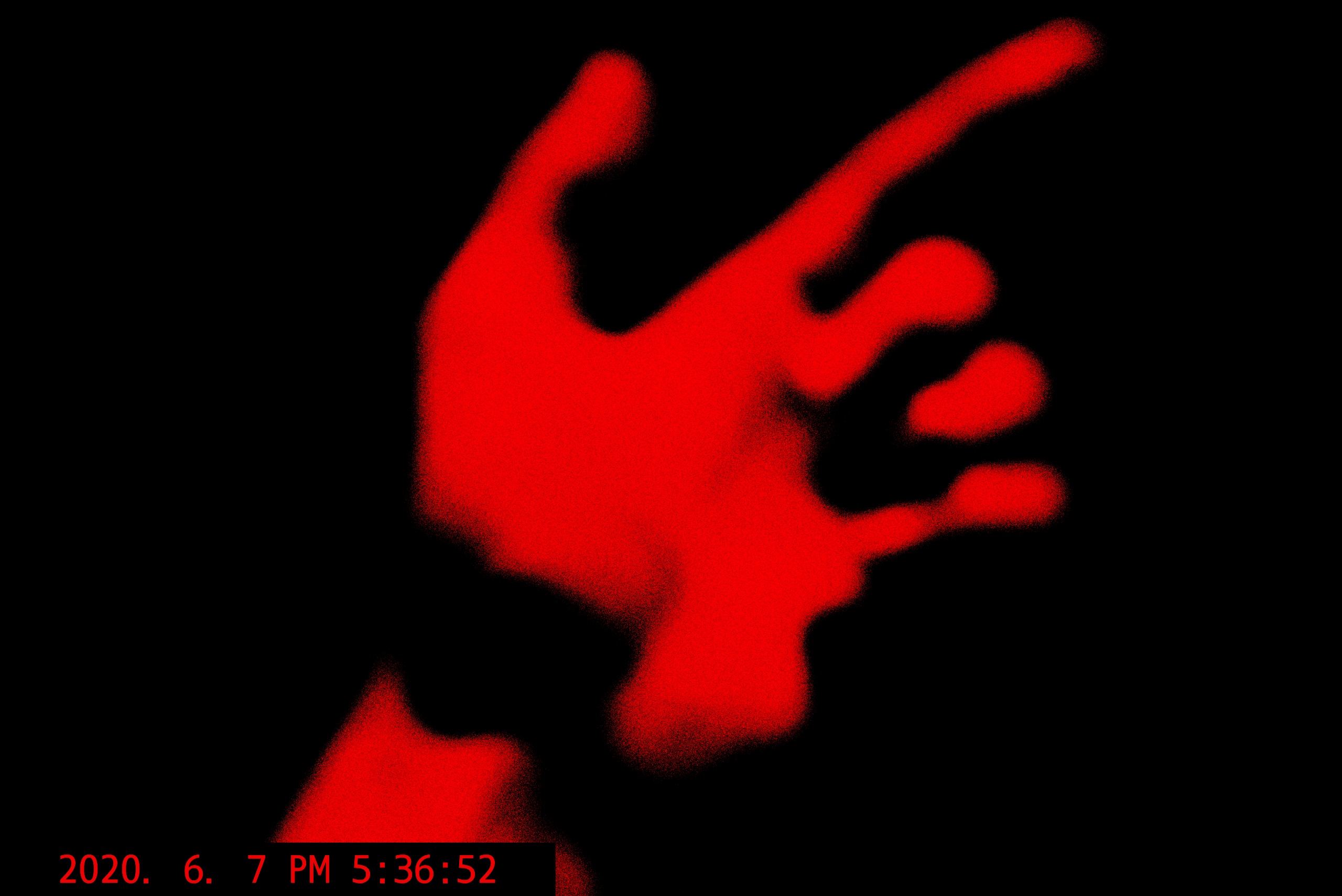
A thought:
Perhaps pain is a true cardinal fact of human beings; pleasure isn’t.
The idea originally from Nieztsche. The result then:
In life instead of striving to increase your pleasure (hedonic treadmill), more effective to just get rid of your pain points (the “pebble in your shoe” as Nassim Taleb quotes the Mafia).

What is “natural†for us isn’t always what is best for us. For example, poisonous mushrooms are “natural†yet can kill us. Cocaine (extracted 100% pure) from Coca Leaves are “naturalâ€, but it certainly isn’t “good†for us. “Organic†sugar or honey might be “naturalâ€, but that doesn’t mean it is good for us.
In short, don’t get suckered by notions of “organicâ€, “naturalâ€, etc.
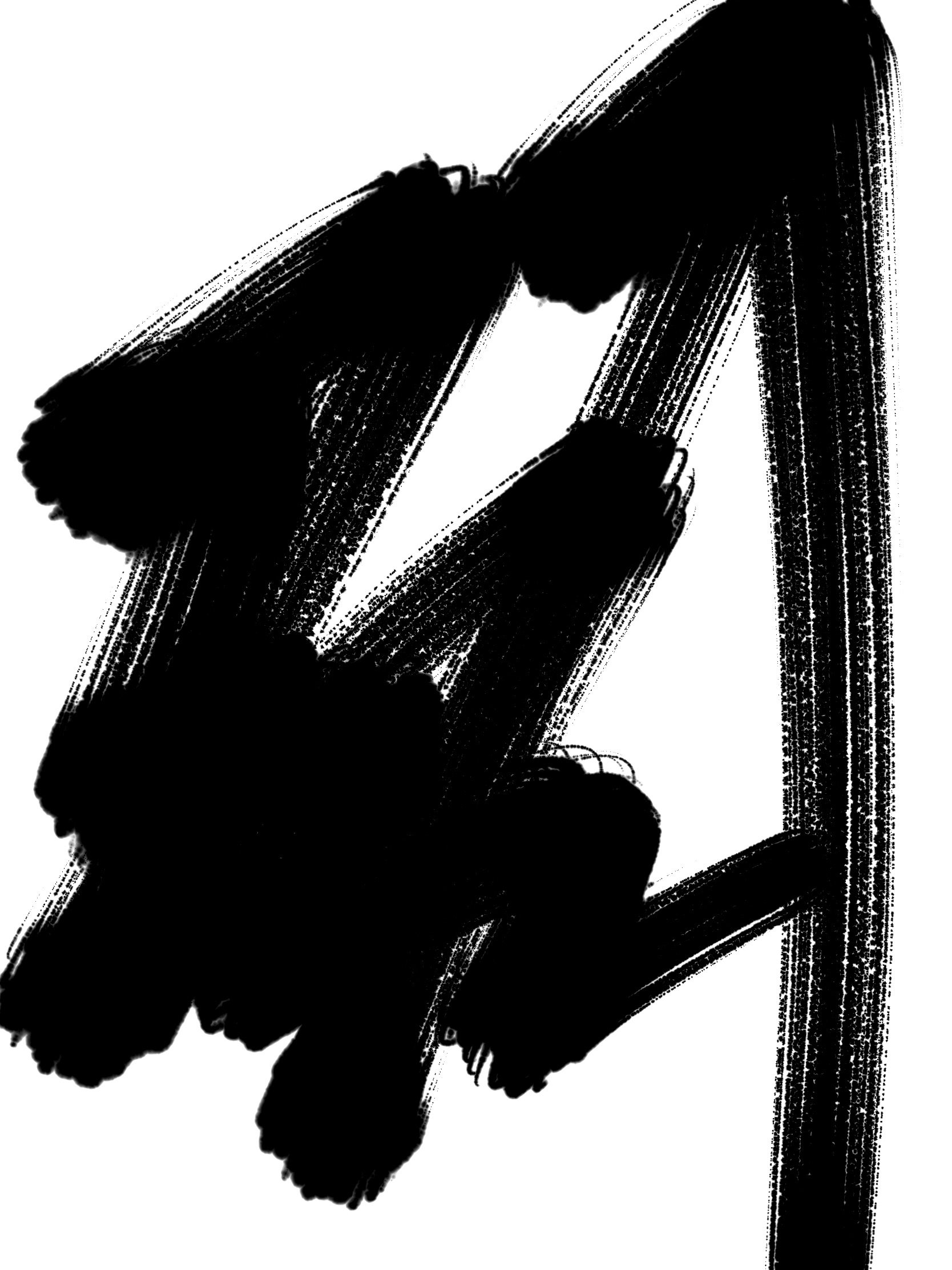
The reason why I’m so skeptical towards statistics:
Statistics can be gamed to say or suggest whatever you want it to say.
For example, some problems of statistics:
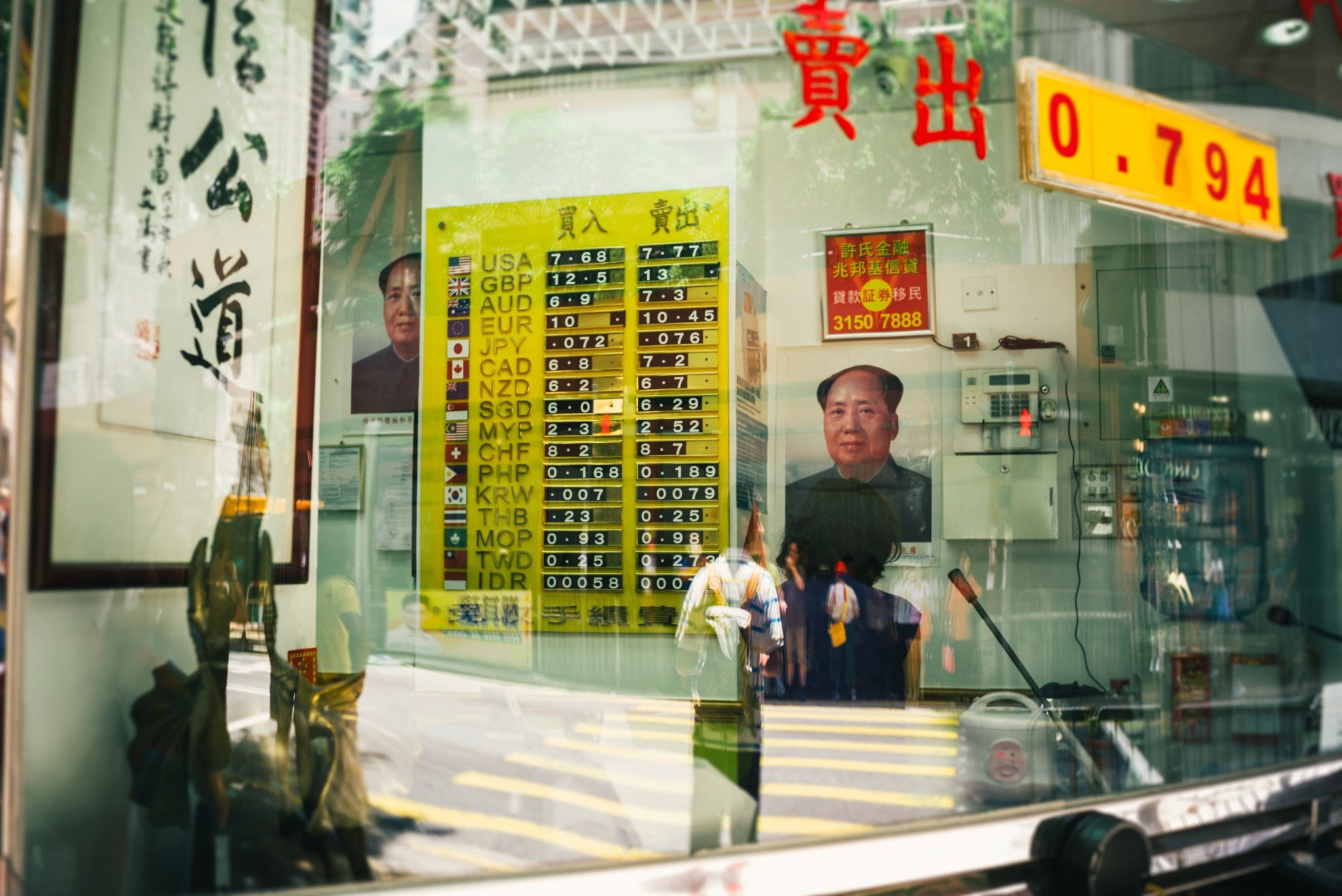
Follow the money. Be highly skeptical and suspicious of everything. Everyone is often trying to sell you something which is “good†for you (fear marketing tactics). But let us understand … let us not get suckered by the hidden economics of things.
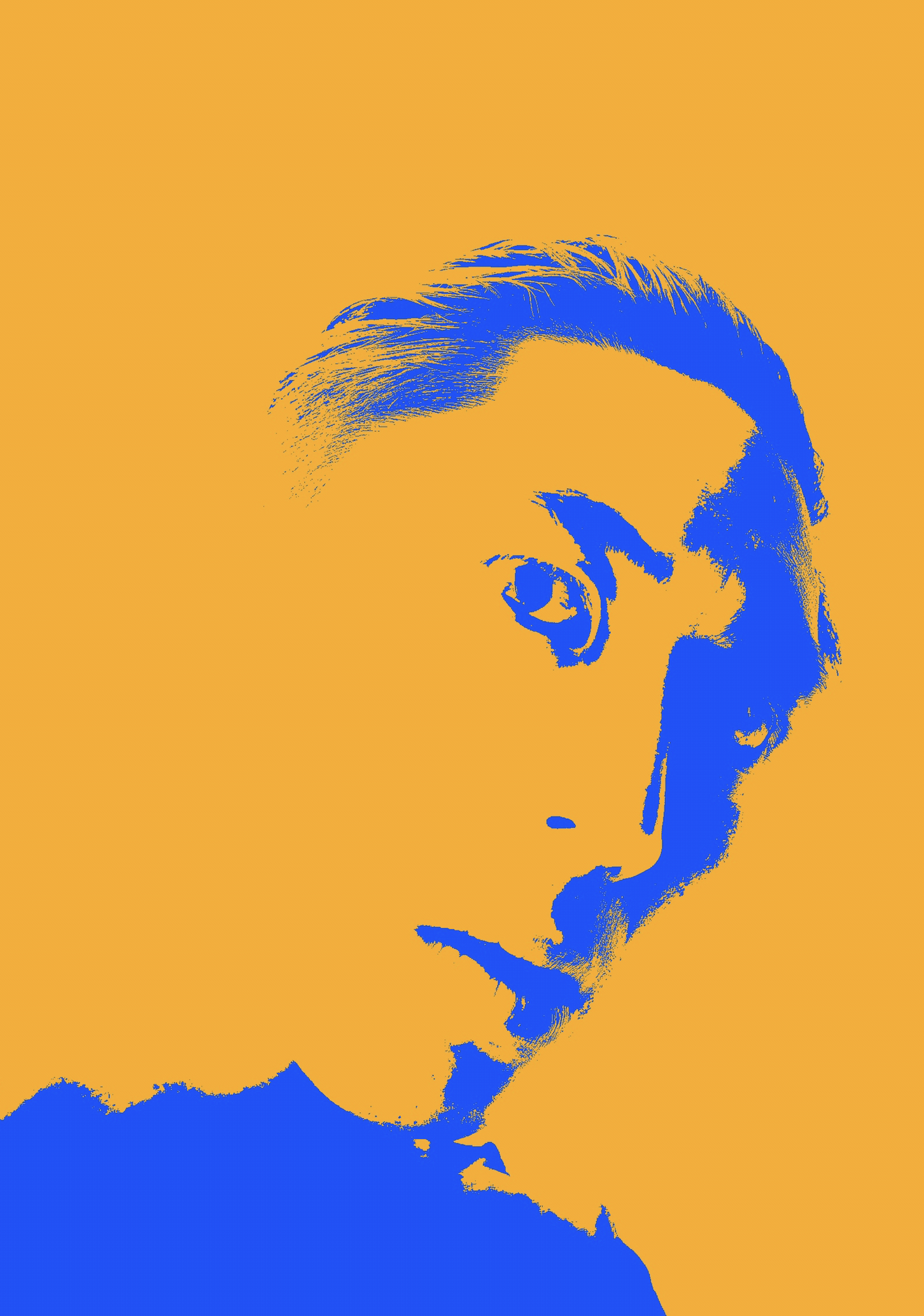
Without mental space, we cannot do anything, we cannot think anything new, we cannot innovate. Protect your mental space vigilantly. Mental space is king.
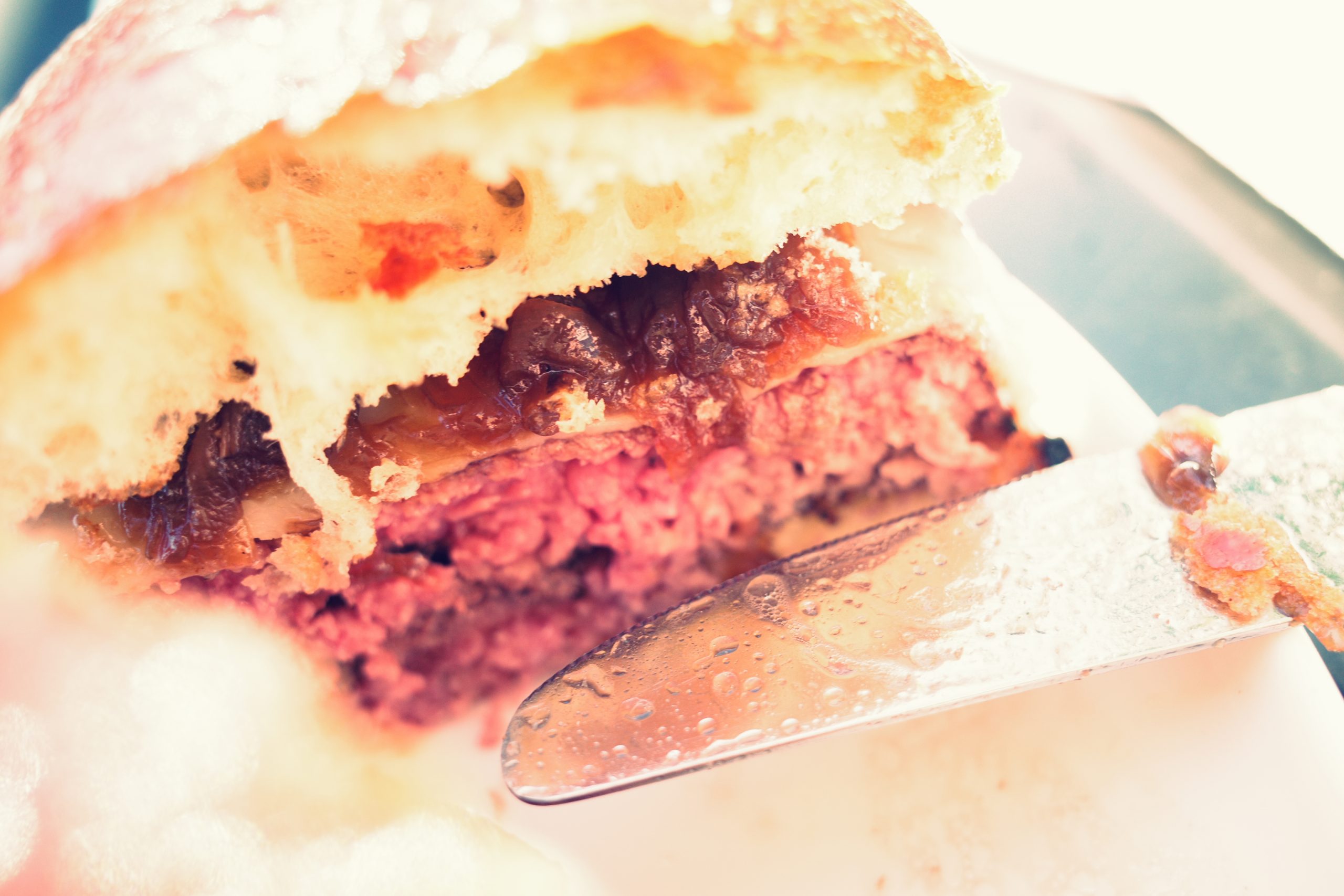
Two of the biggest things which can drastically improve our health in modern day society:

What new secrets have yet been discovered? Social secrets? Art secrets? Physiology secrets? Shout out to Peter Thiel (Zero to One book);
Not all the secrets have been discovered.
This is great because the gist in modern society is this:
All the secrets have already been discovered. My life has no purpose or meaning, because I can only continue to ‘iterate’ on what has already been done before.
But the reality is actually —
There are soooooo many hidden-deep secrets about humanity, social sciences, and art which has yet been discovered or attempted.
Thus … life is great. We have sooooo many new opportunities to plumb the depths of knowledge, challenge pre-existing dogma, and create new truths and discover new secrets!
ERIC
(more…)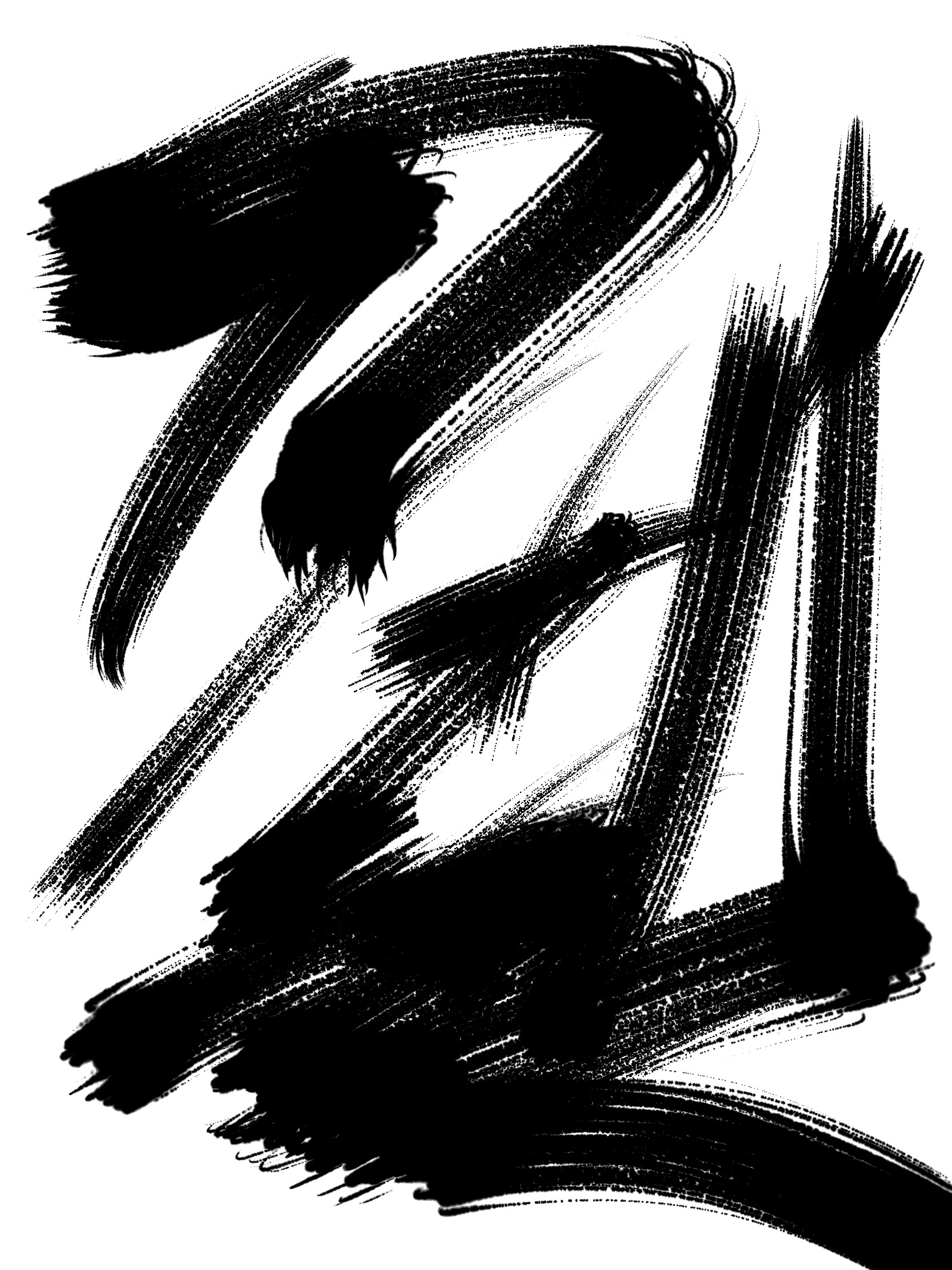
Should we be responsible for our lack of knowledge or ignorance? Ignorance literally meaning “not + know†(ig+noscere) in Latin.
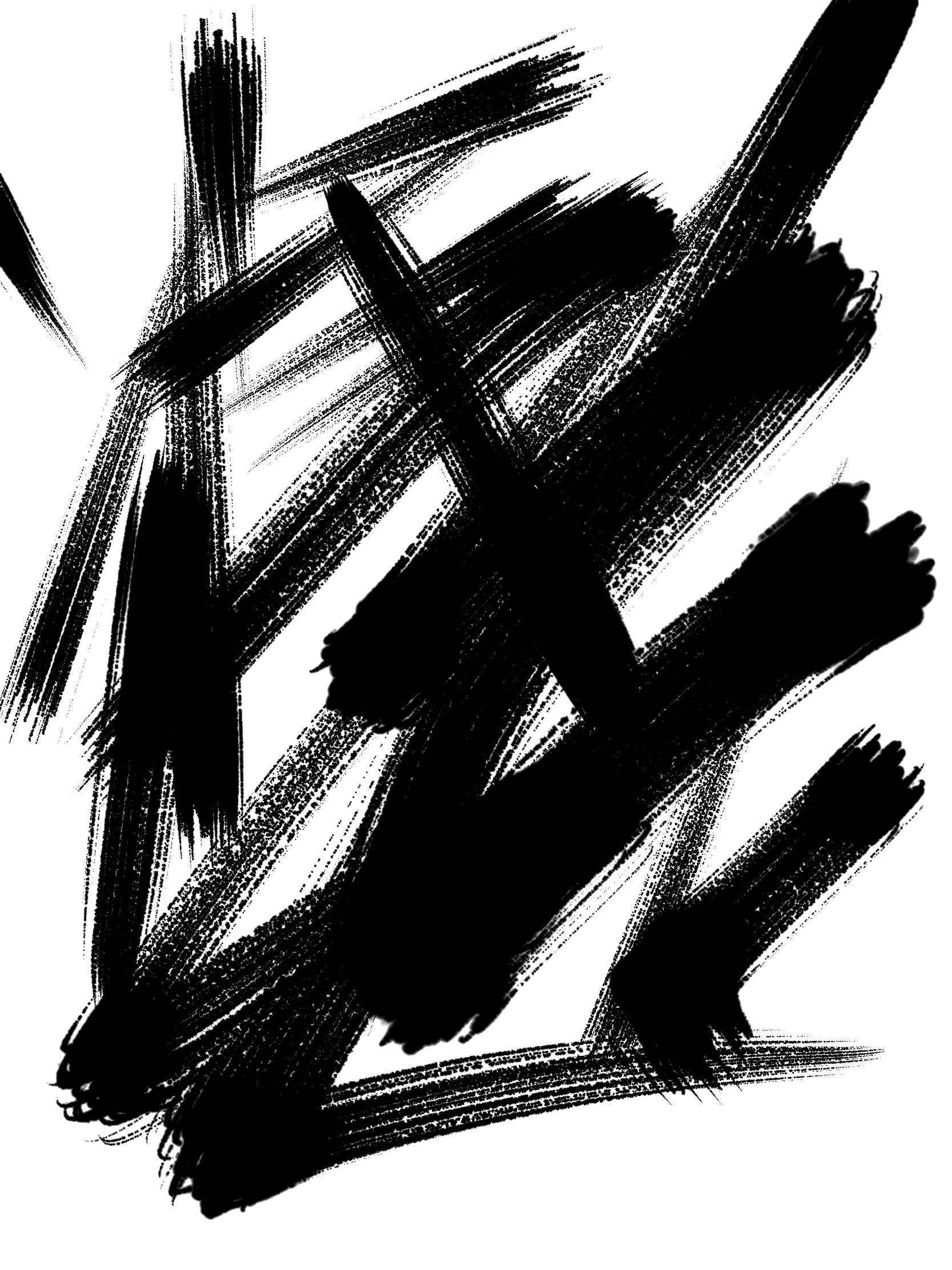
Enthusiasm literally means “a god dwelling inside youâ€. To pursue anything you love and are enthusiastic about … this is truly godlike.
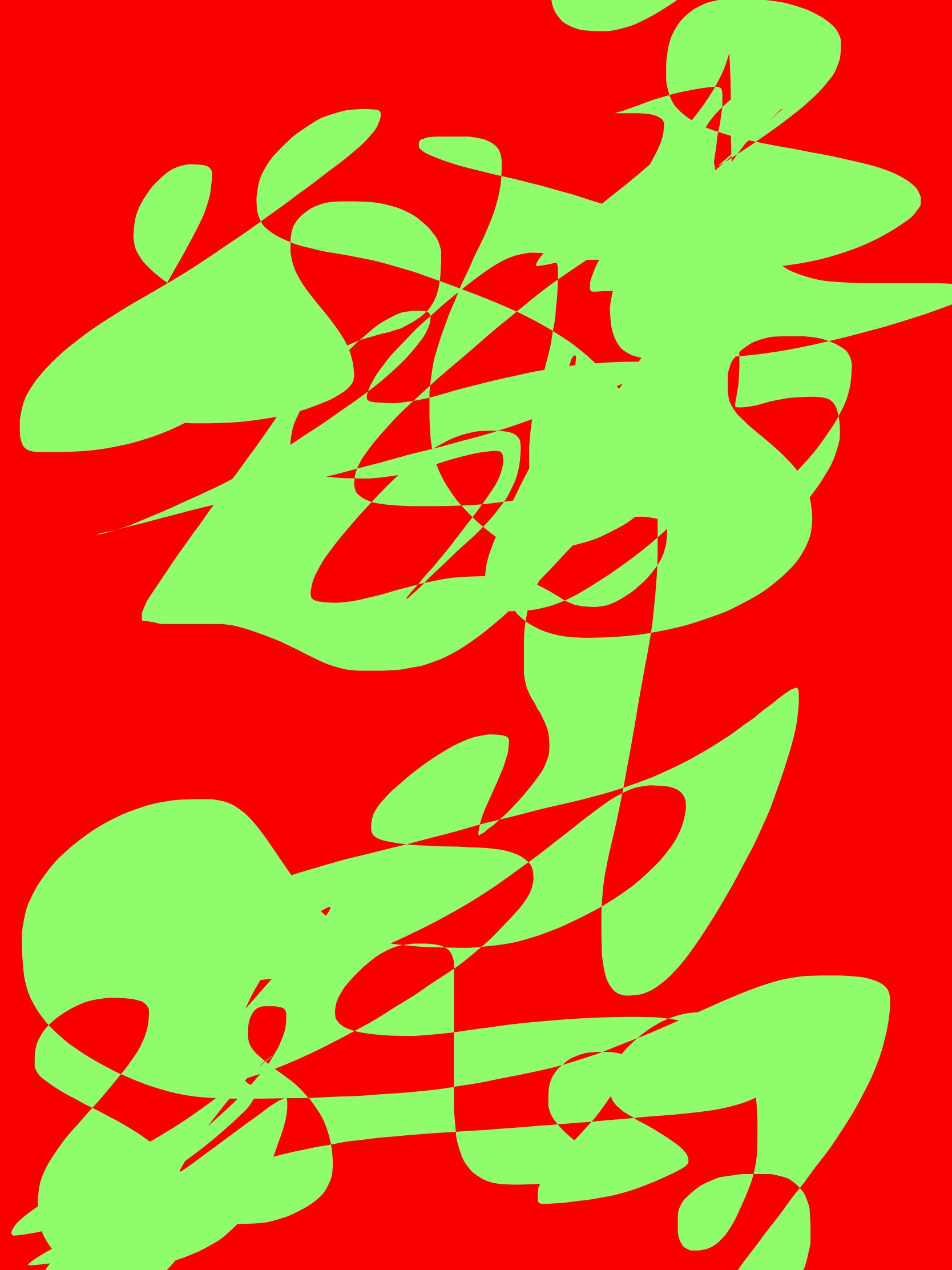
What is the supreme lifestyle? A life with the maximal amount of creative freedom, chutzpah, balls, guts, and audacity-brazenness. To speak your mind without self censorship. To have fewer things you worry or care for, in order to create more.
(more…)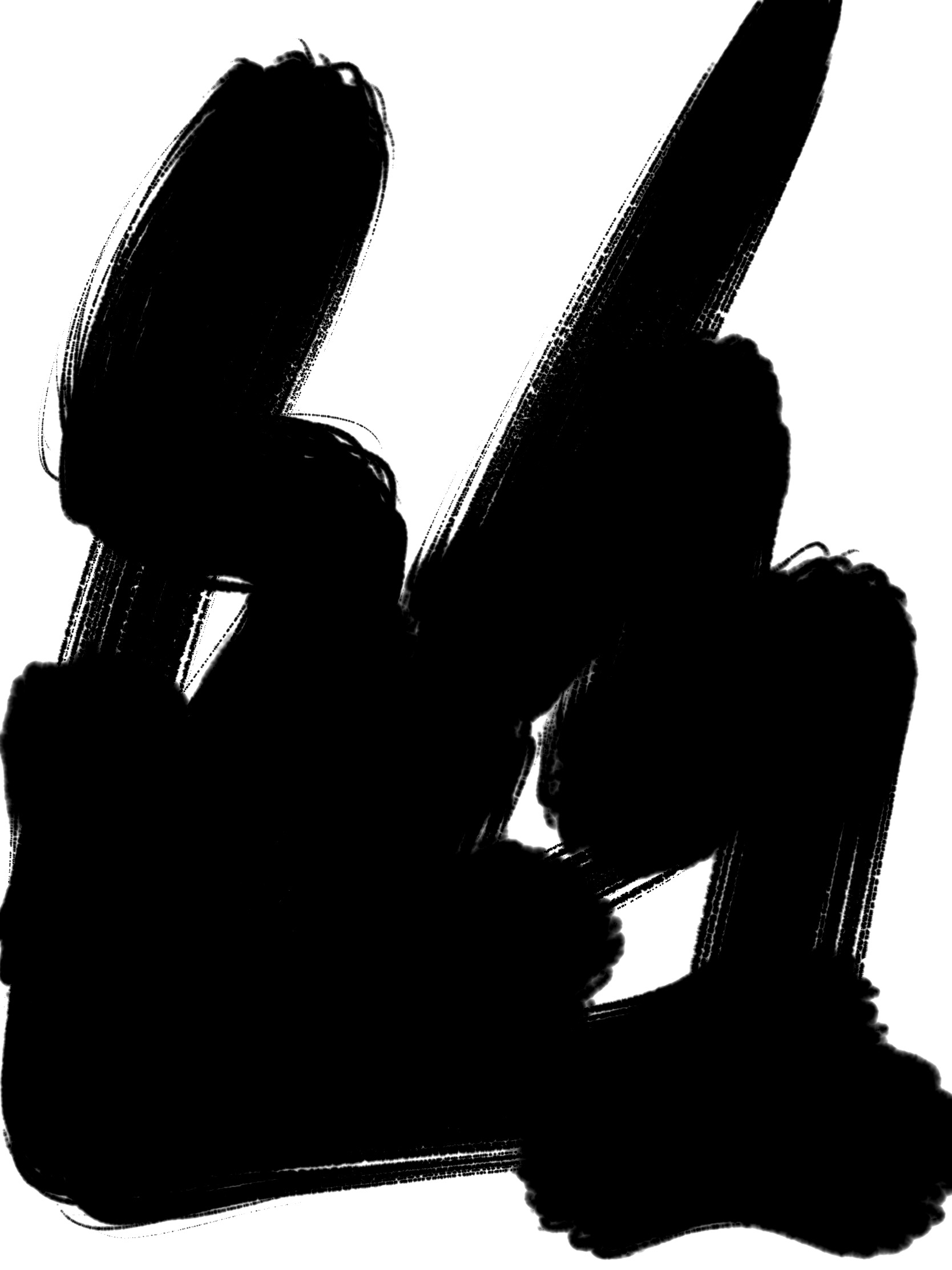
Contrary to what we may believe, seeking your own maximal personal benefit is best. For example:

Perhaps this can be our mantra and motto and guiding-thing in street photography? Coffee x Concrete … it doesn’t get any better:
(more…)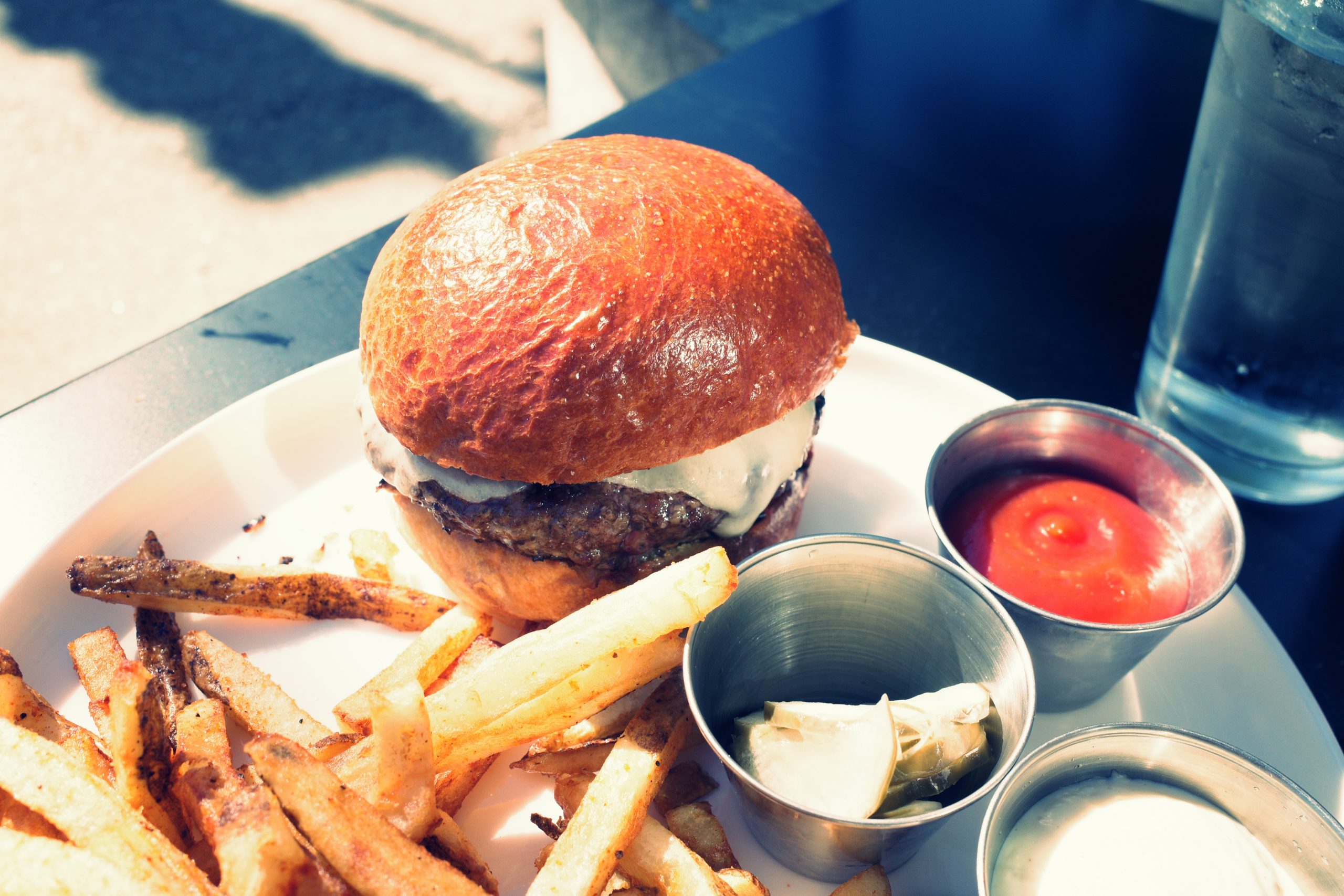
Perhaps in photography and life we should just give ourselves more permission to just shoot random snapshots during our everyday life! These photos tend to be very fun, carefree and interesting!
In other words, less concern about shooting ‘serious’ photos. More in favor of shooting *FUN* and carefree photos!
(more…)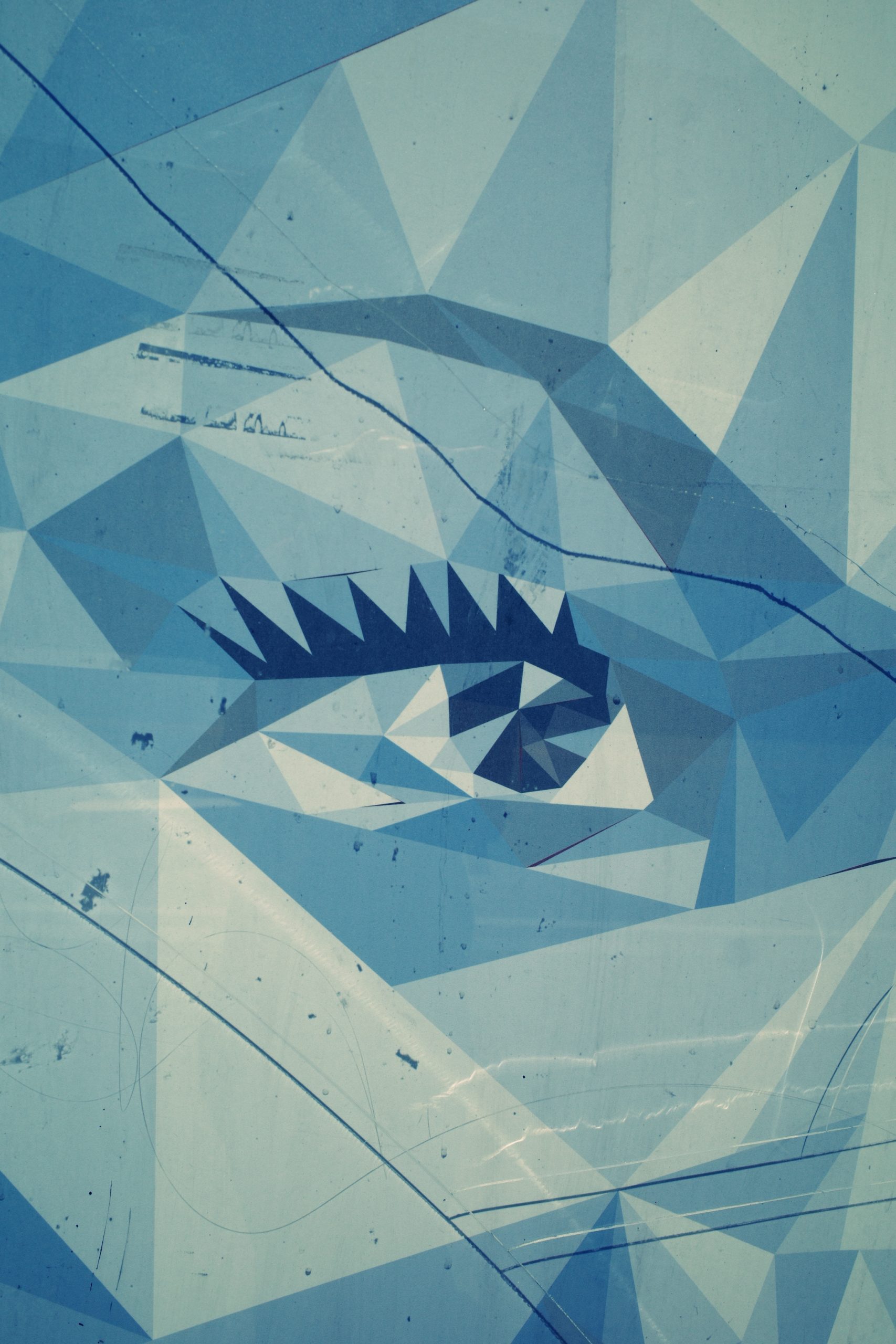
Beginners make the best photos because they have yet been suckered by any dogma in photography or notions of ‘good’ or ‘bad’ photography:
(more…)
I don’t know about you, but I am personally interest in the minutae (the mundane, everyday) of the life of others. For example, I’m curious what Elon Musk, JAY Z, or Kanye has for breakfast. How they live their daily lives, what phones they use, etc.
Thus then perhaps you can do the same — share the small details of your everyday life. Isn’t this interesting? I think so! The more boring and basic, the better!
(more…)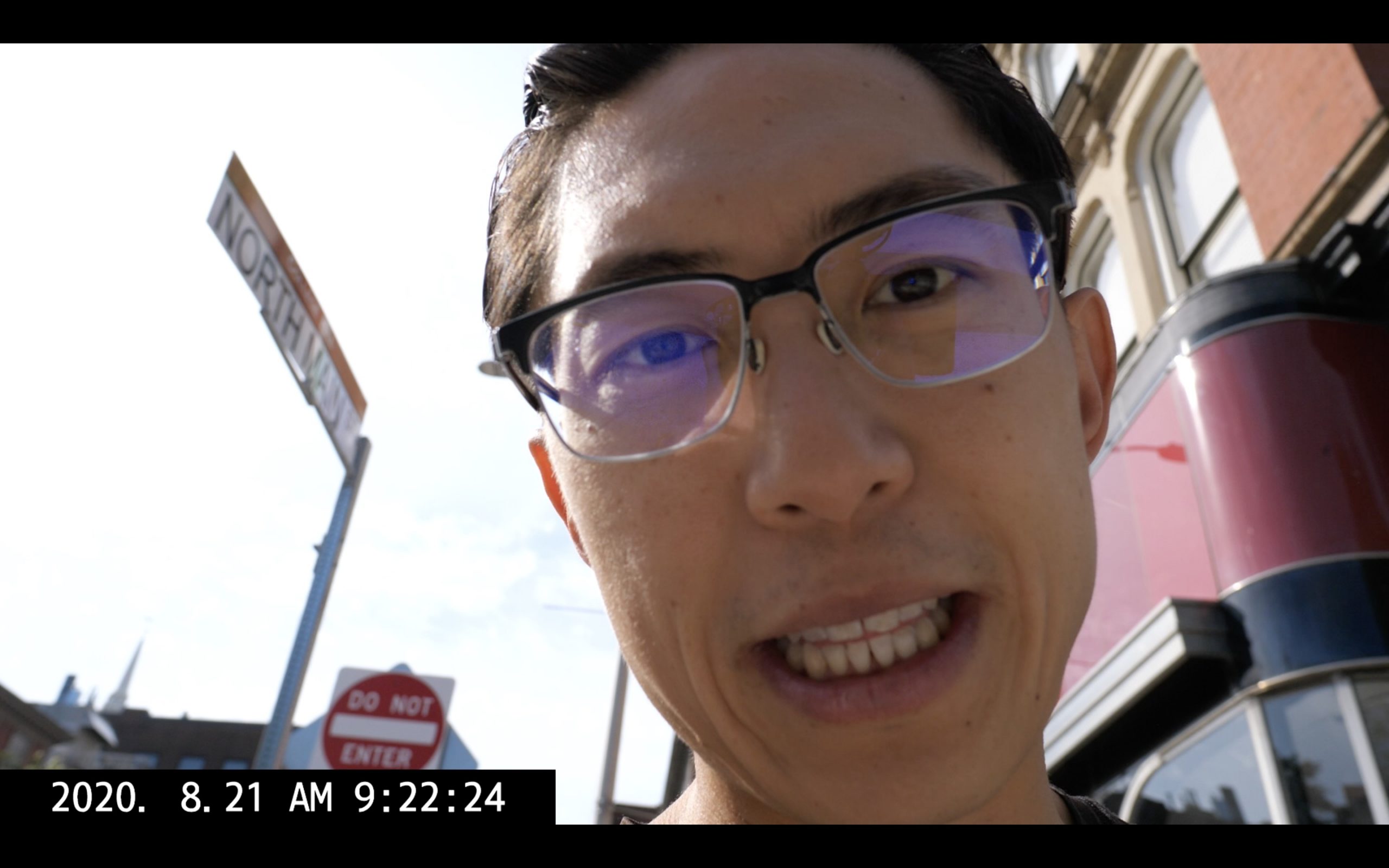
What is a life post-retirement? A life which is more carefree, less busy. Slower. Only pursuing what you care for. No need for a monetary incentive to do … anything!
Contrary to popular belief … after you retire you can actually become *MORE* creatively productive with your own personal interests and passions in life!
(more…)
Impossible to judge, understand or gauge people until you’ve met them in the flesh. Face to face. Sharing the same air. To talk with them in the flesh, look at them in the eye, hear their voice, studying their height and facial features and their physique, body composition and their physiology.
Why is this the case? The internet distorts. TV, media, YouTube, shows, movies, music, celebrity magazines distort and cherry pick things out of context. You can hear hearsay … but trust none of your heroes until you’ve met them in the flesh!
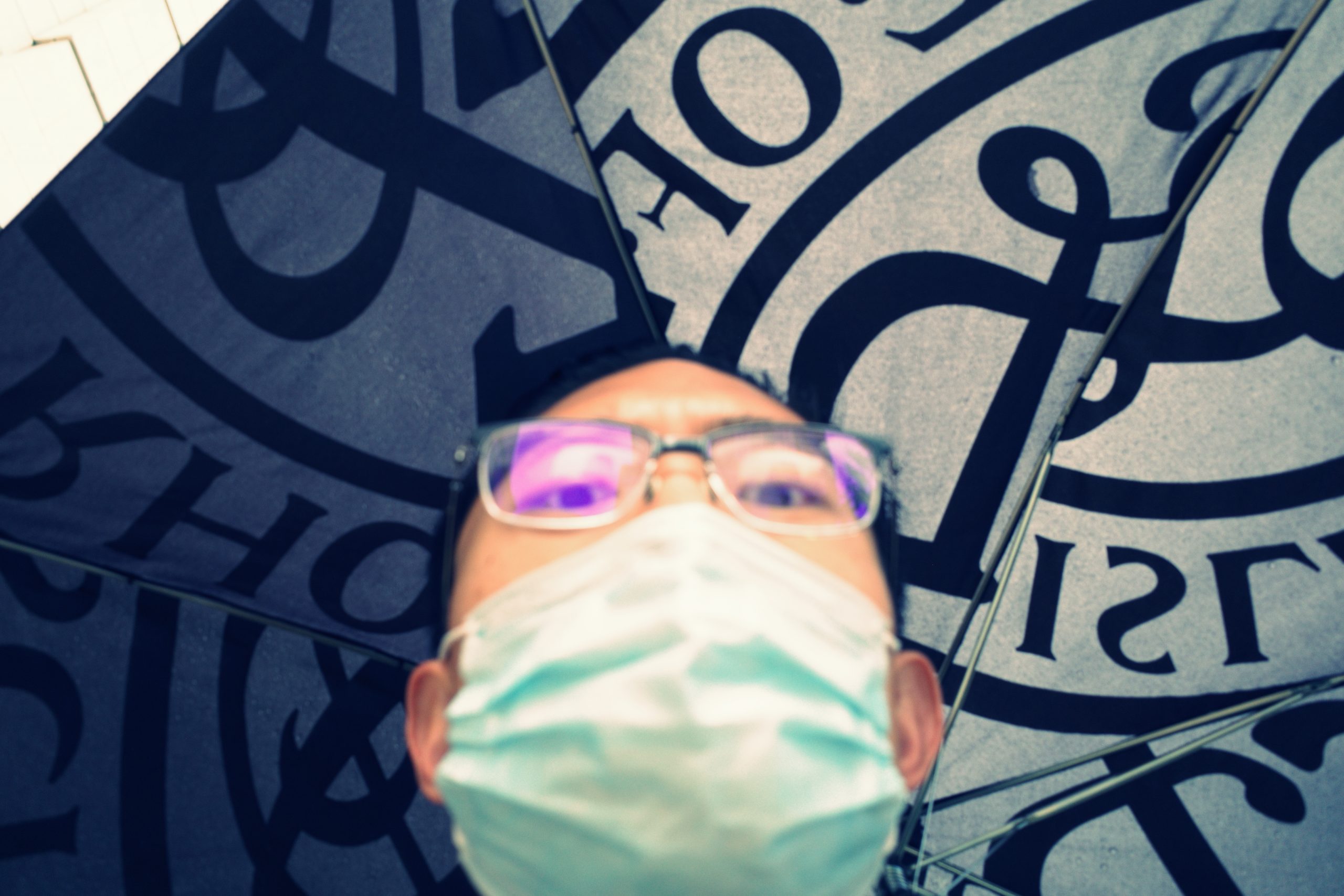
It seems the goal of many people is to either become rich, or retire (or thinking that becoming rich is the road to retirement). But then the trillion dollar question:
Once you actually reach your final destination … then what?
Some thoughts:
(more…)
My theory —
The reason we are always so tired, weak and anemic is because we are under-nutritioned.
In other words, we need to eat more meat. Towards a more carnivorous diet.
(more…)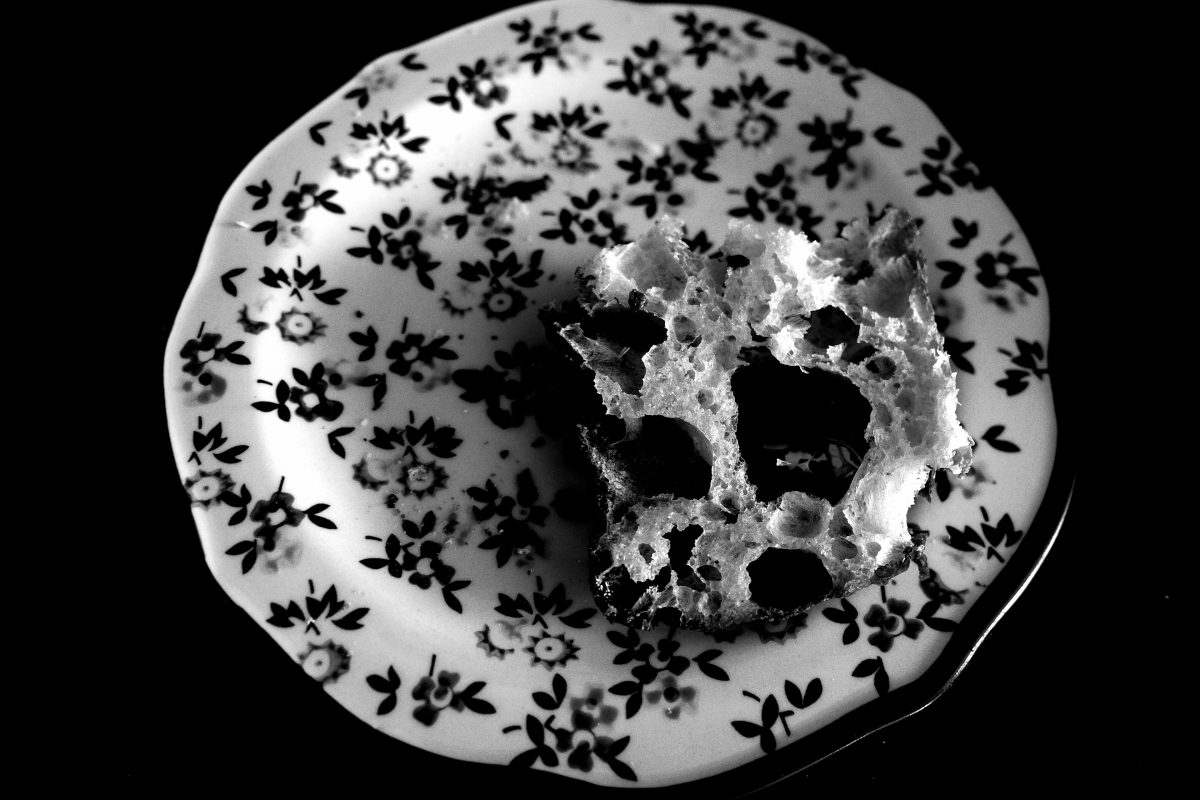
As much as color is beautiful and fun, black and white is the ultimate bliss:
(more…)
Let us not get suckered. Computers should be ‘bicycles for the mind’ (Steve Jobs). Don’t think that humans can be made redundant. We can get rid of all computers with zero downside. But can we get rid of all humans with no downside?
(more…)
When people pay real money for something, they will value it more.
(more…)
If you never shared your opinion (what you think), how could society or humanity advance?
(more…)
My personal passion and interest in life:
Striving towards the simplest, most optimal work flow.
To create with the minimum amount of resistance. To just flow:
(more…)